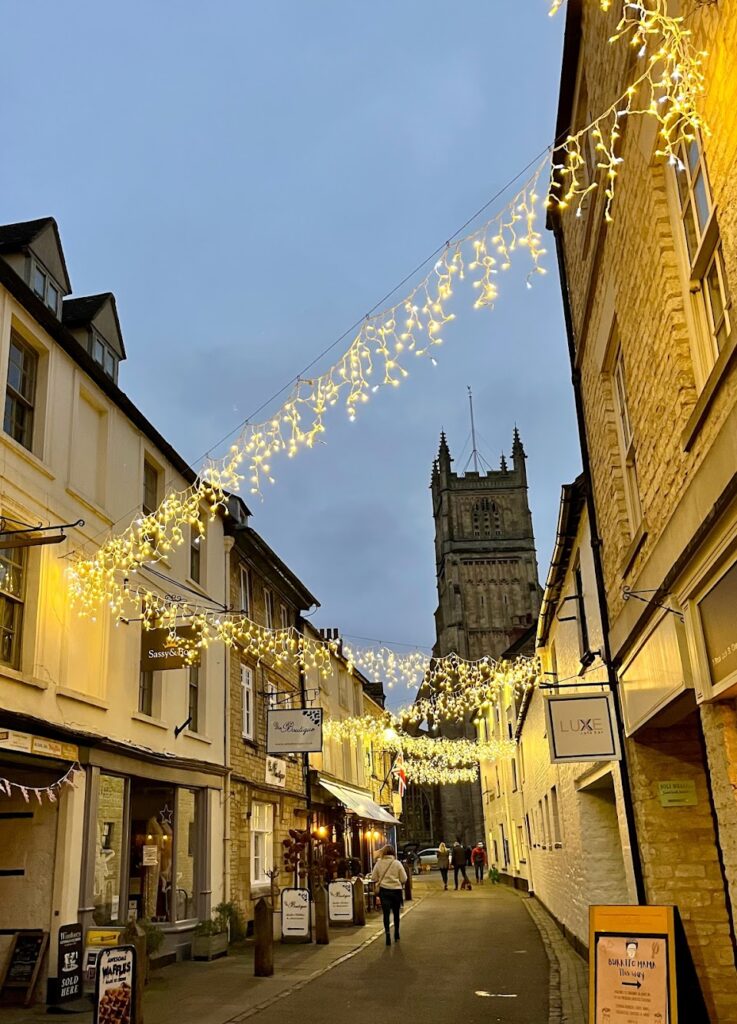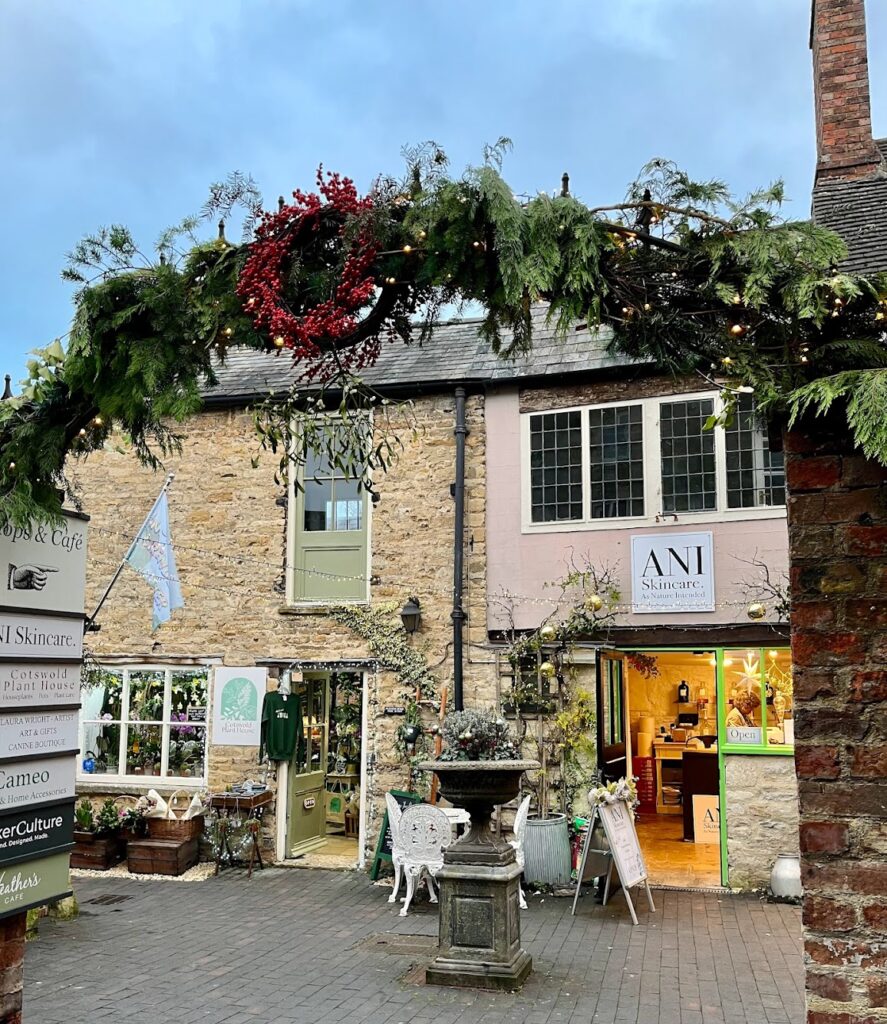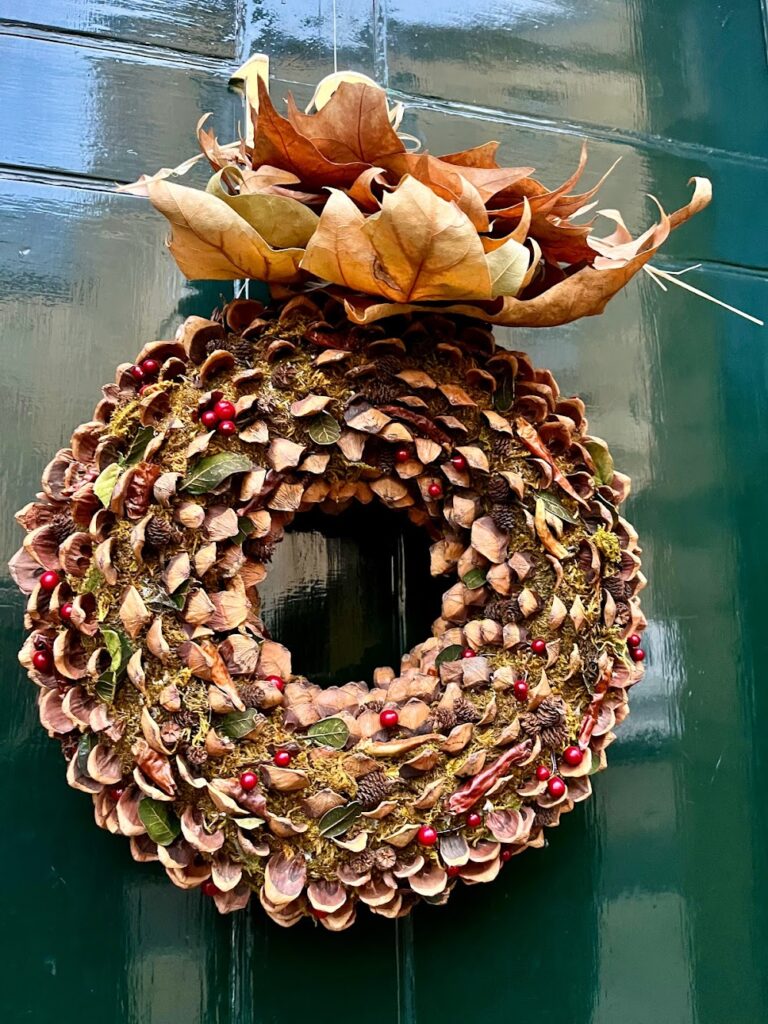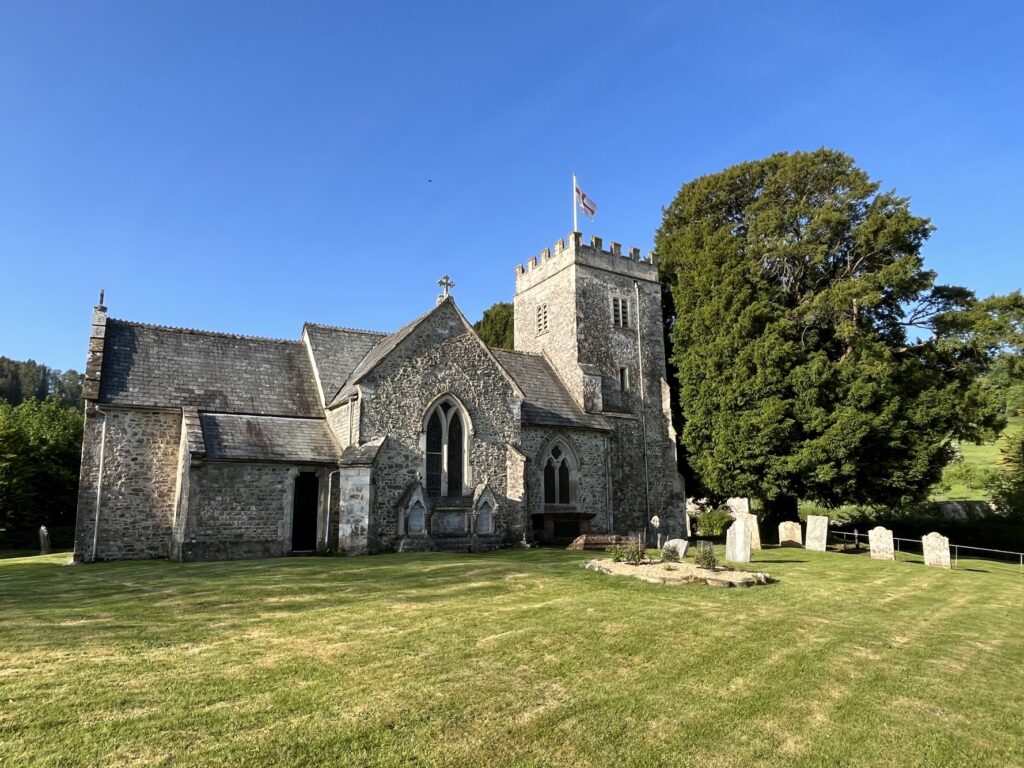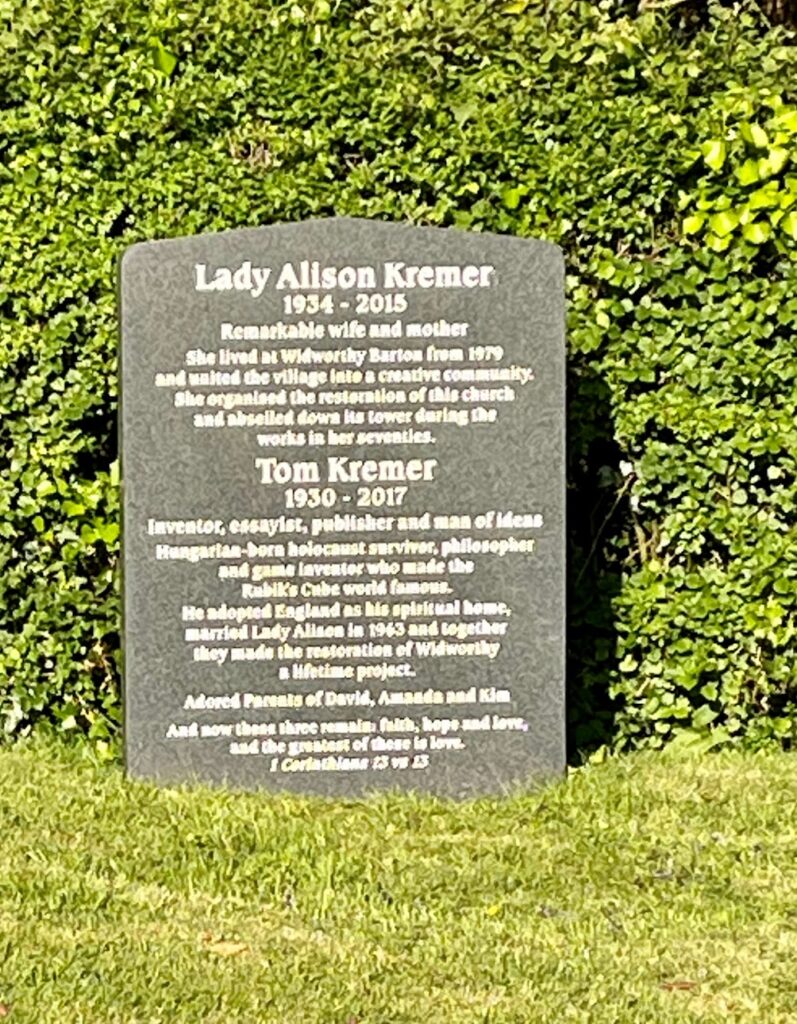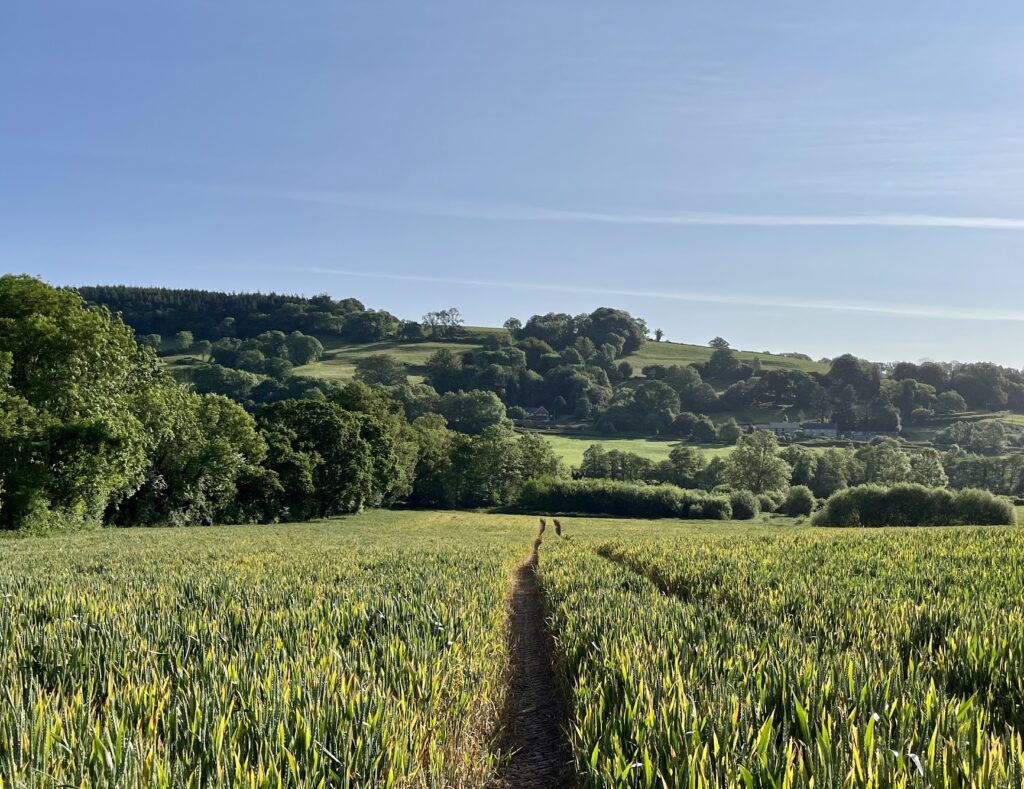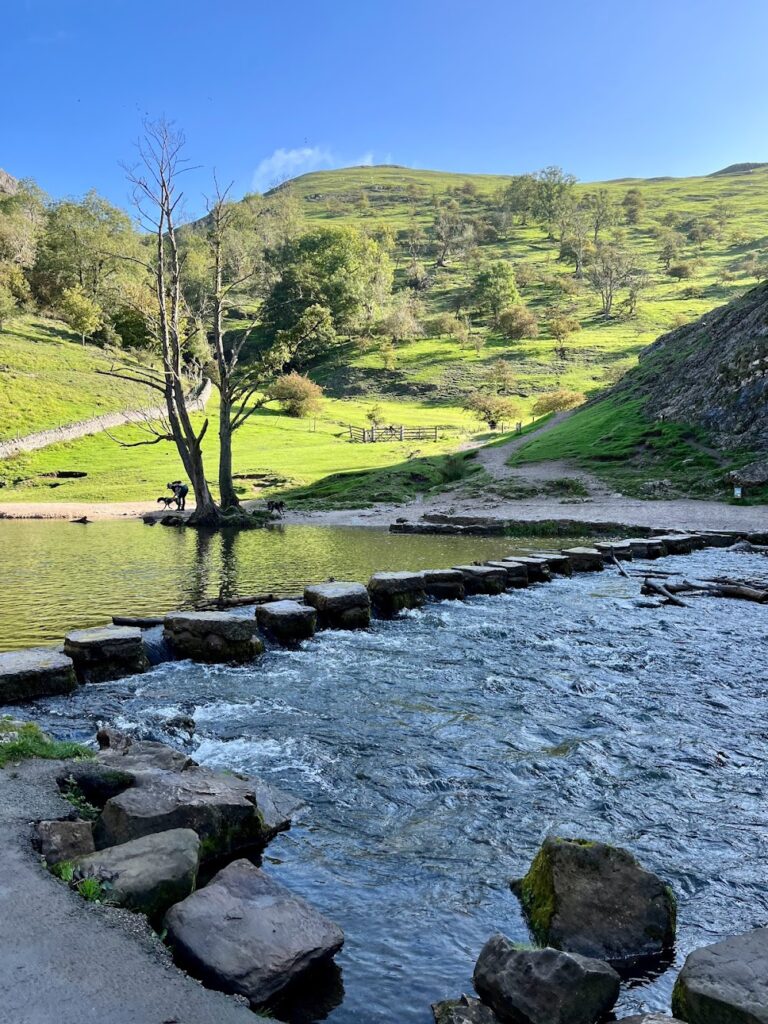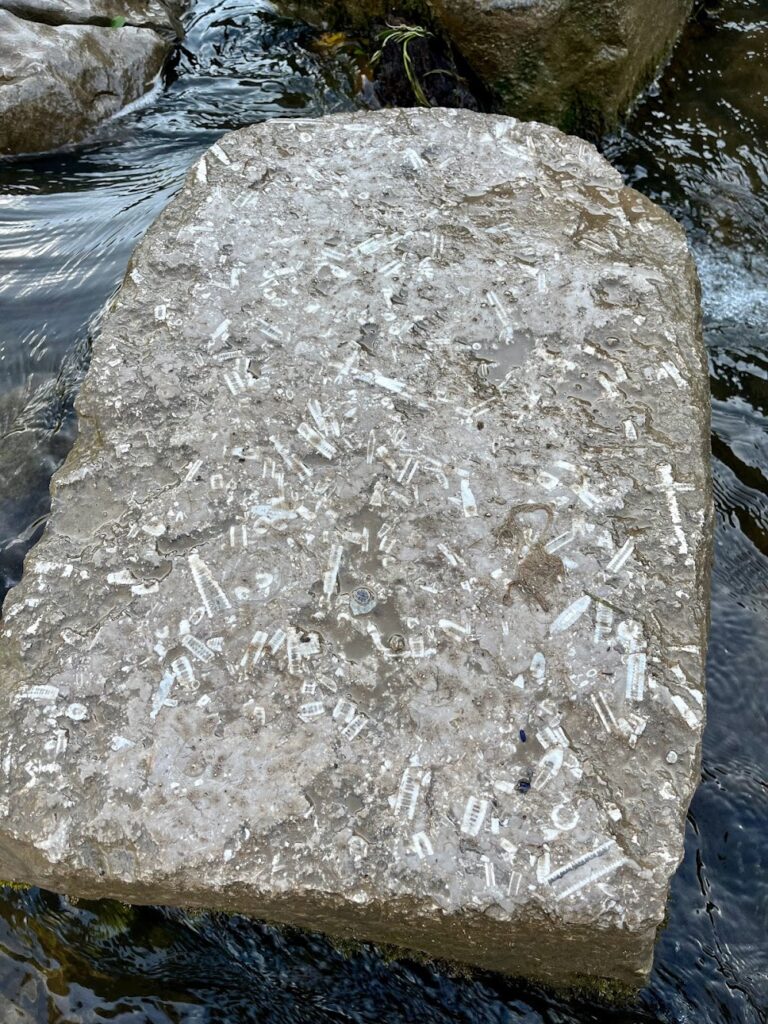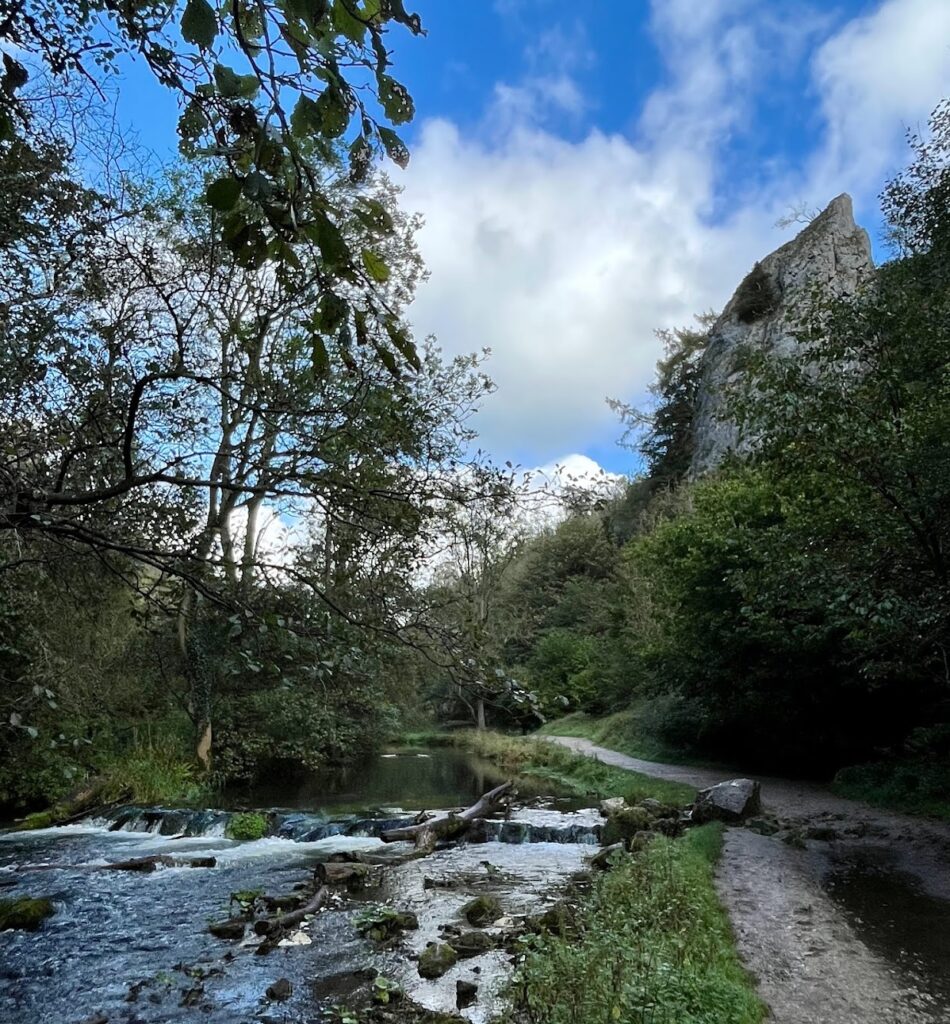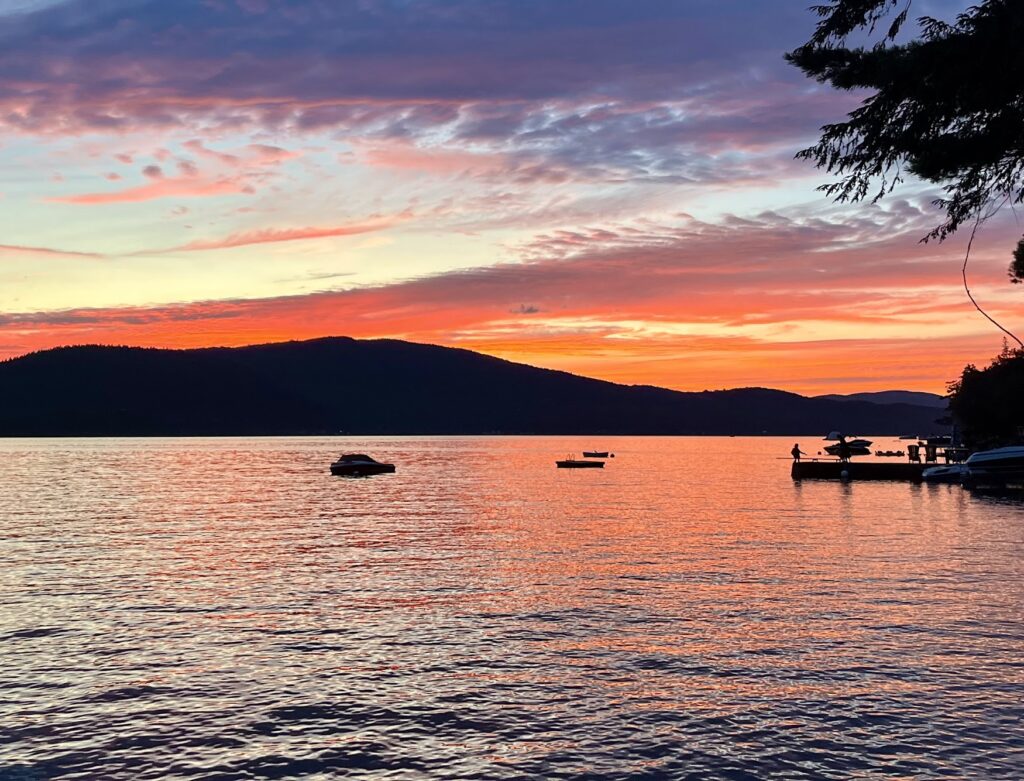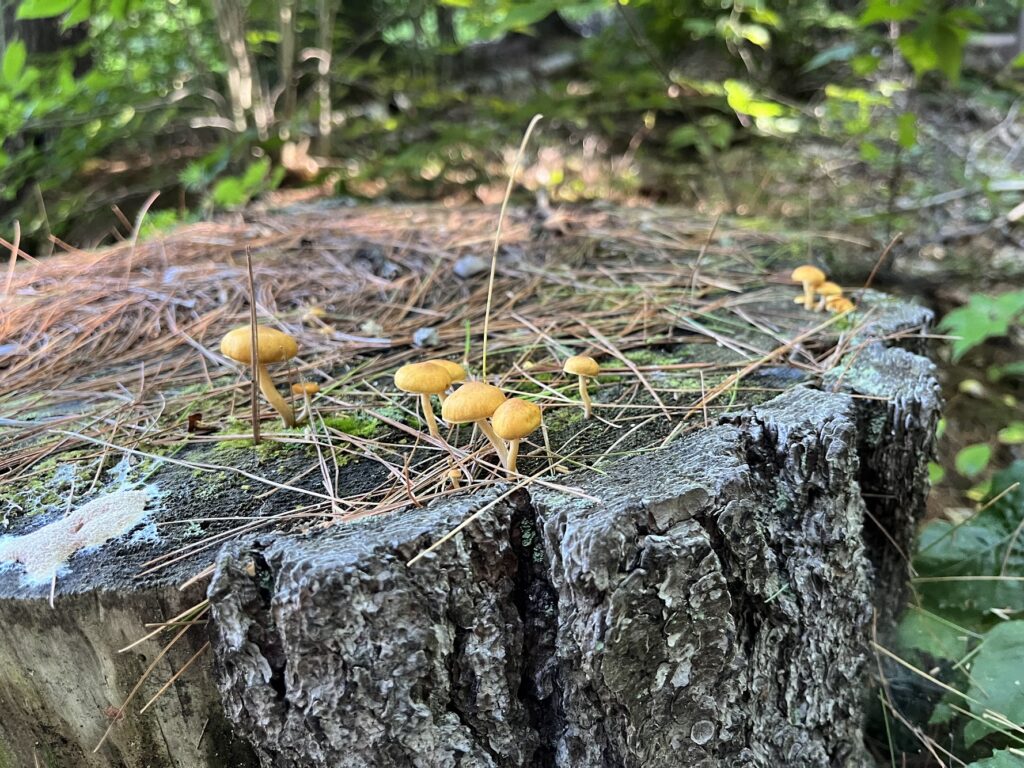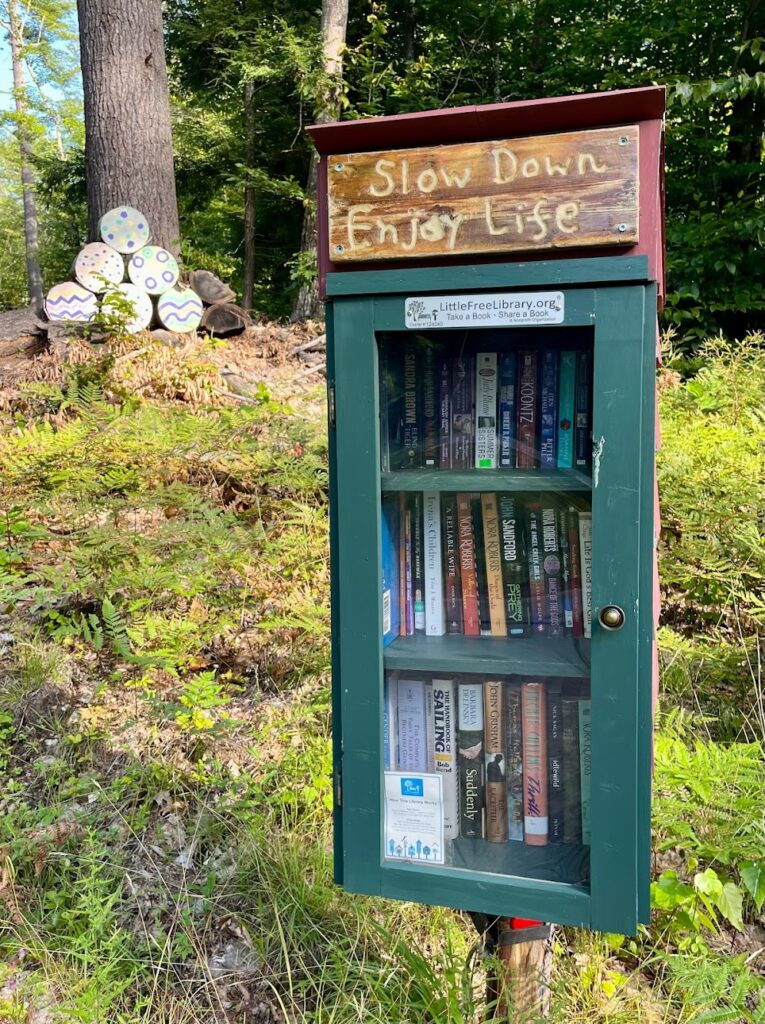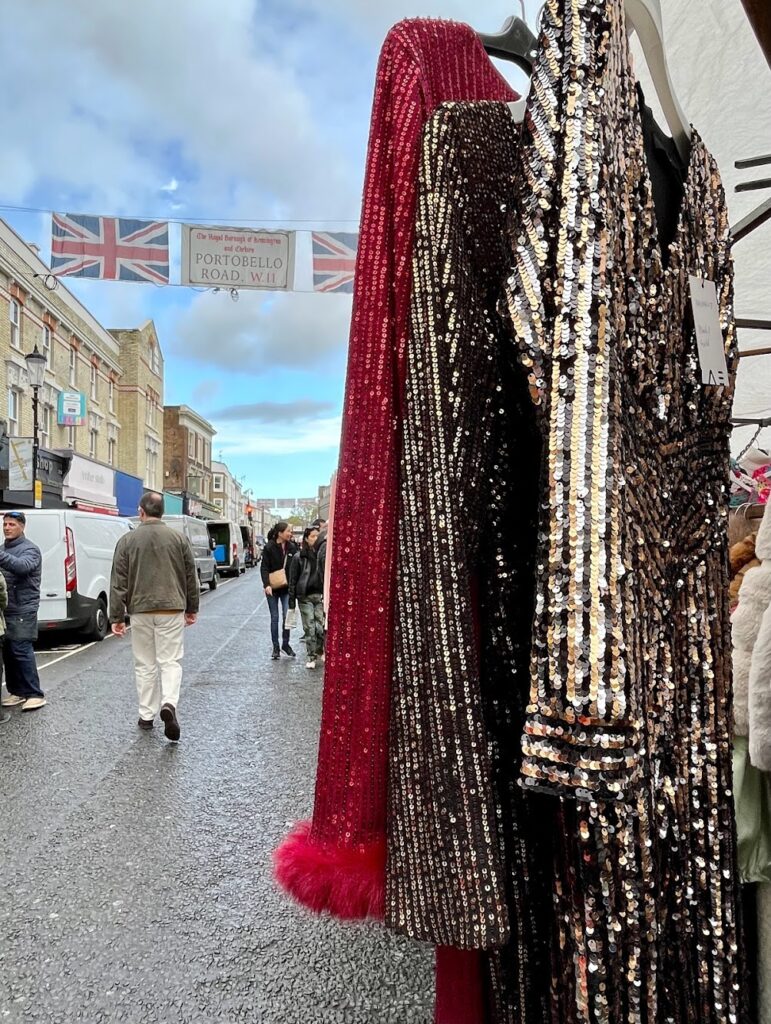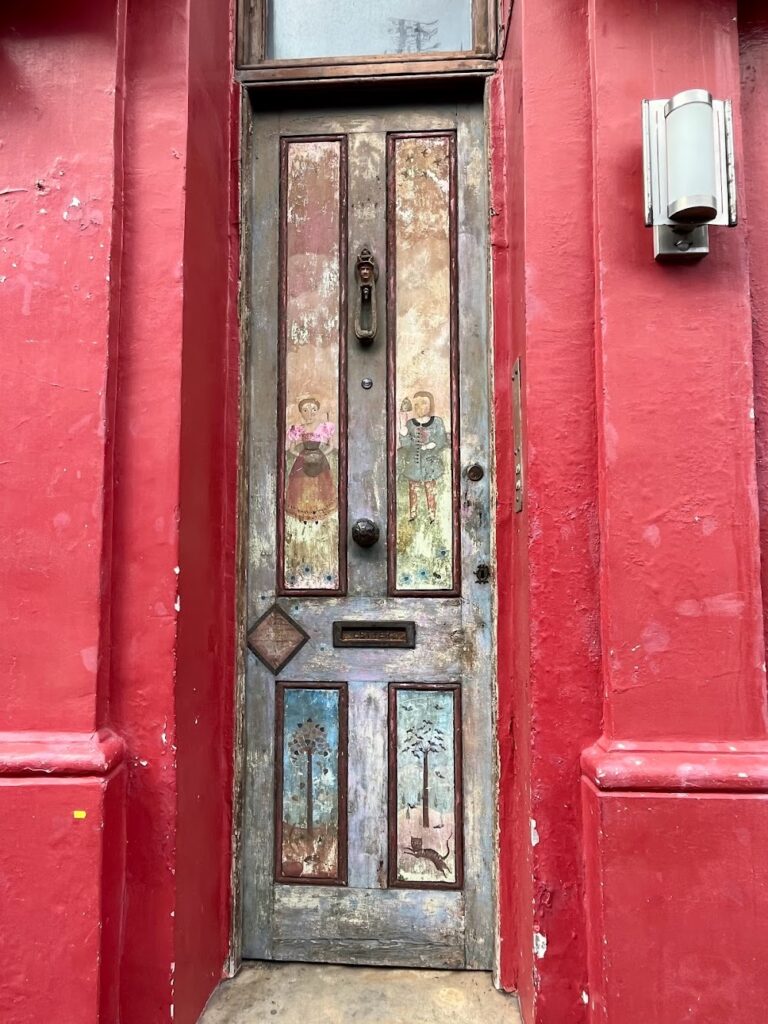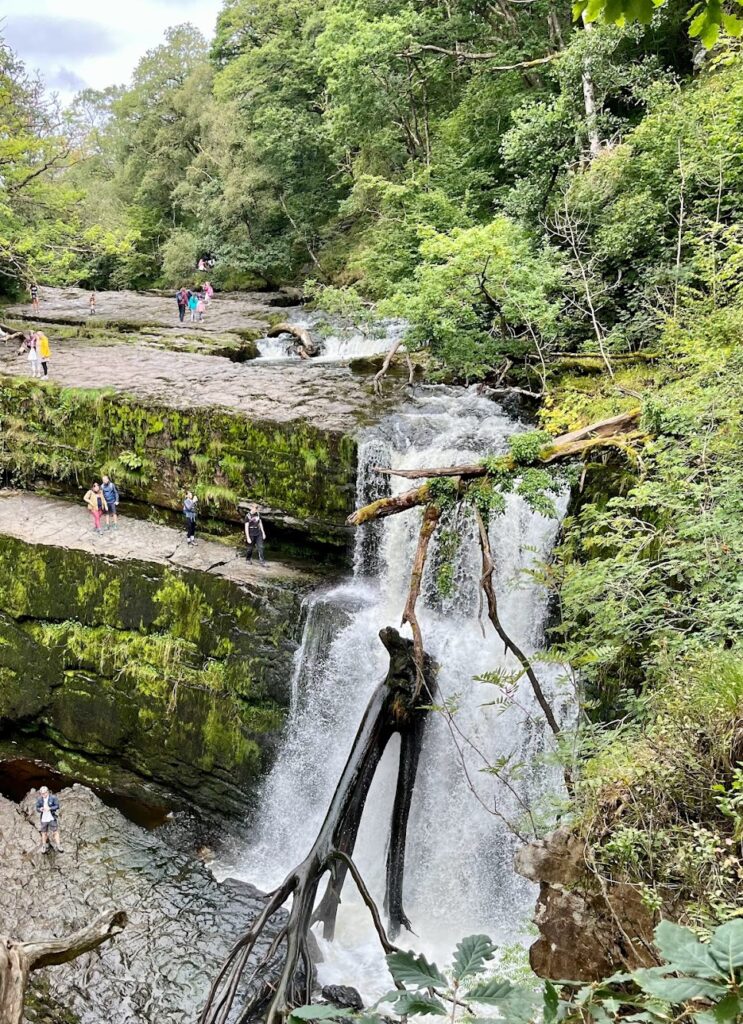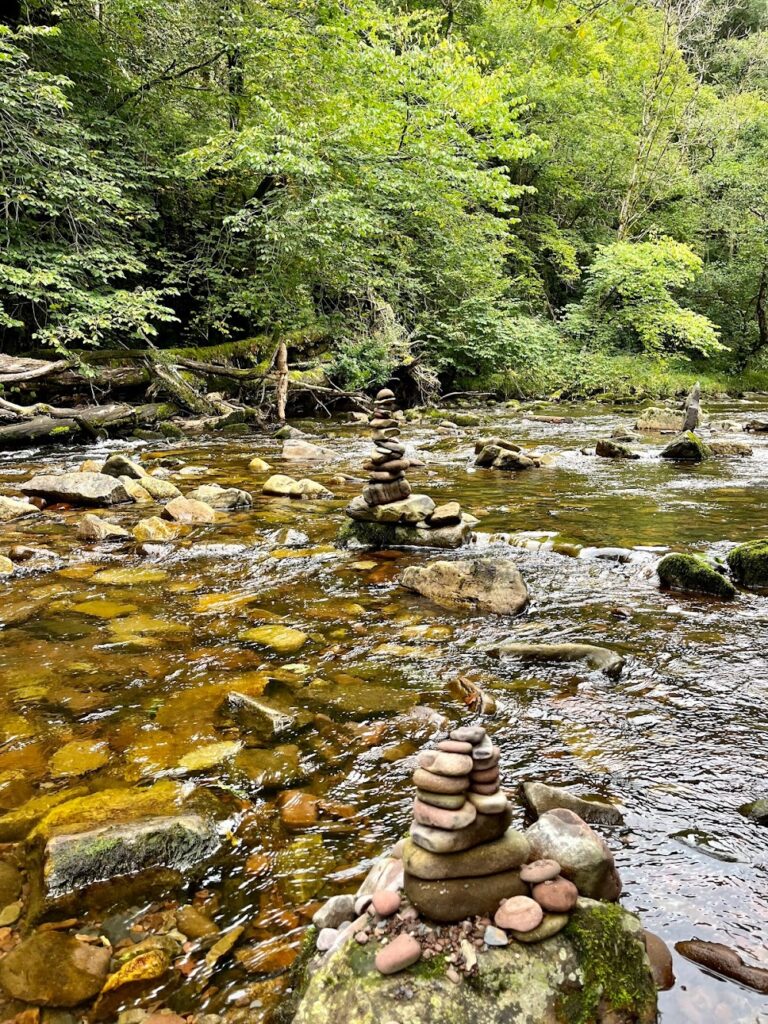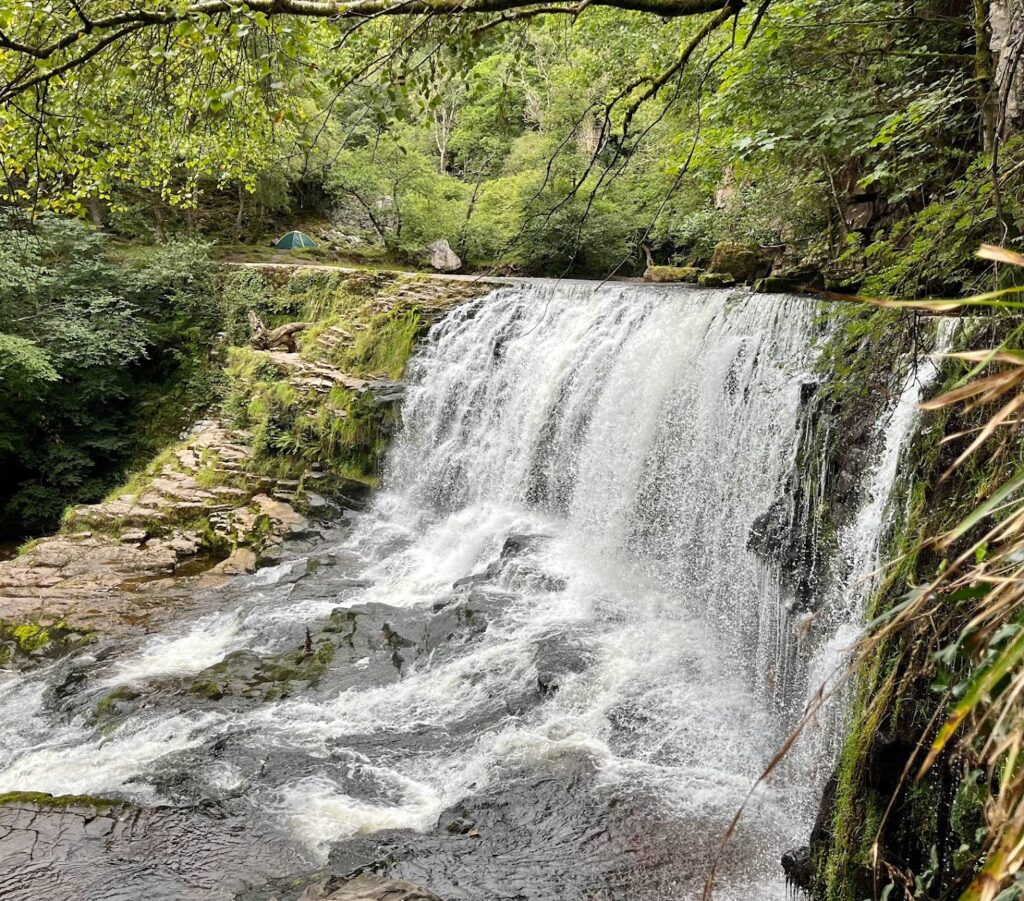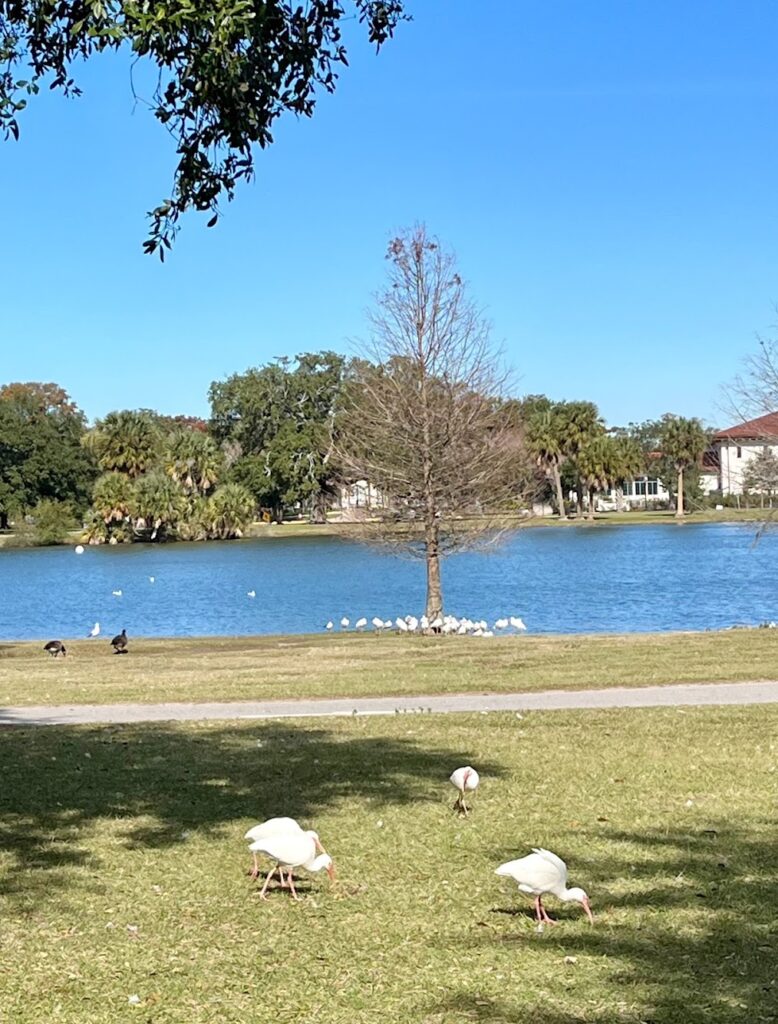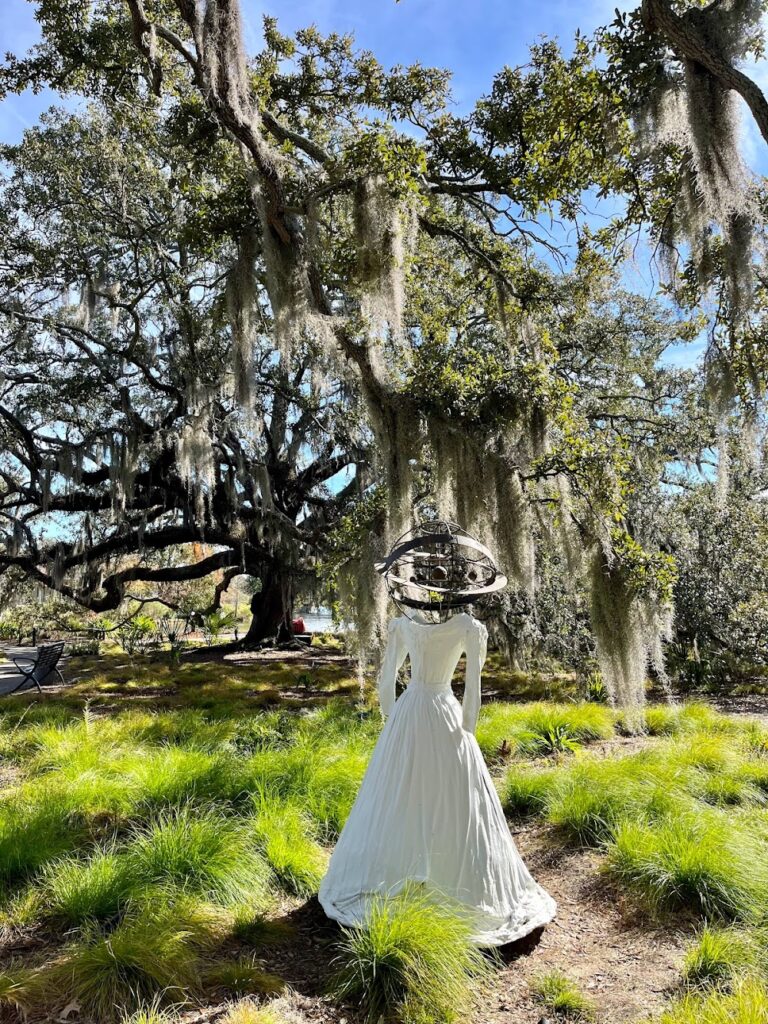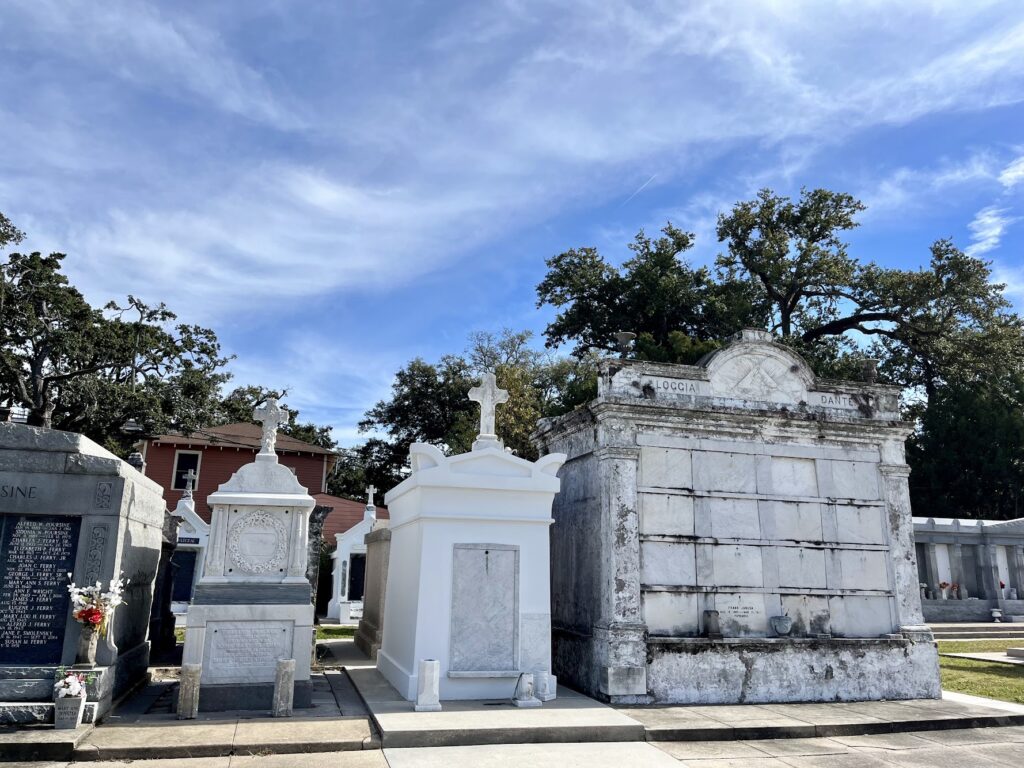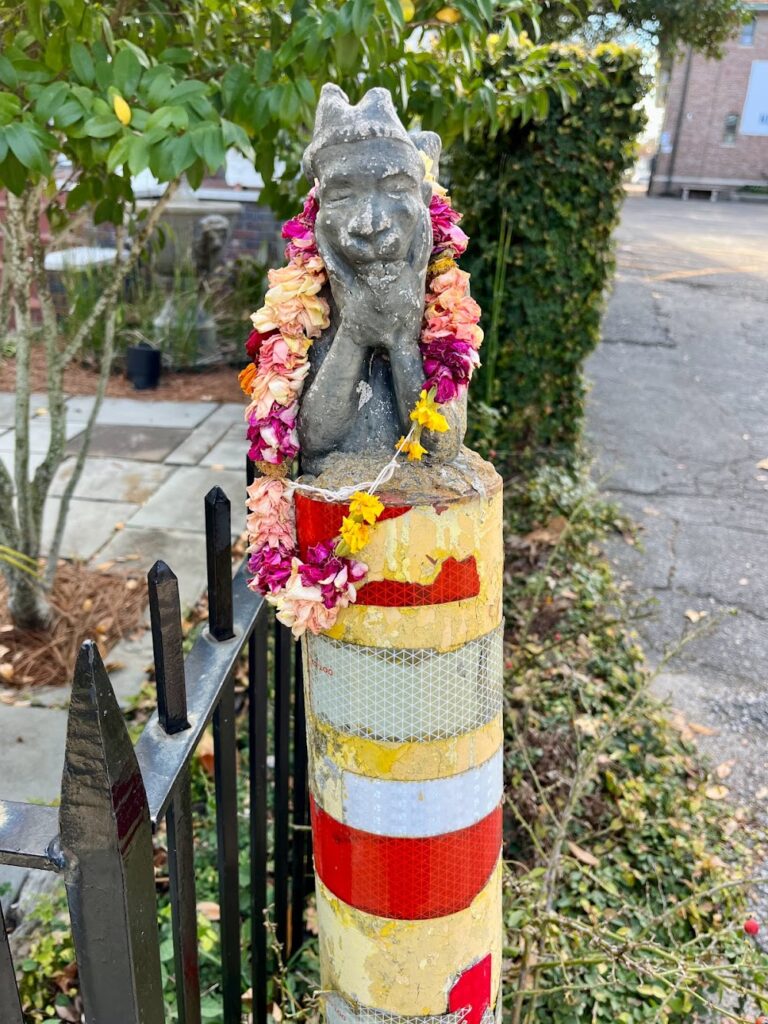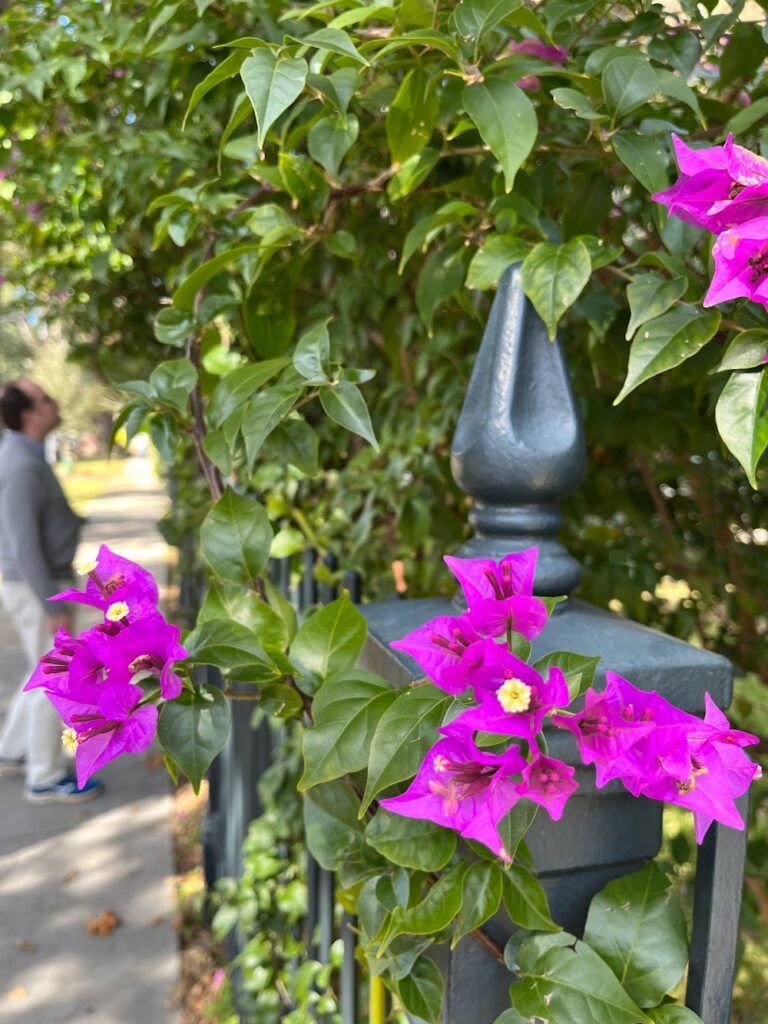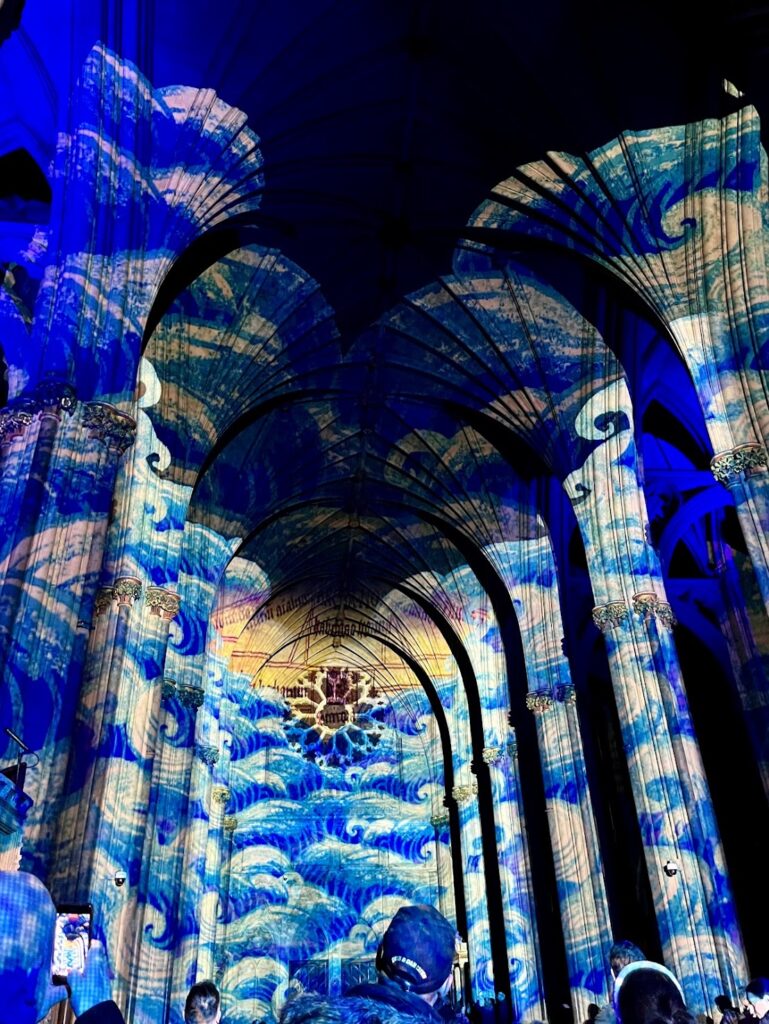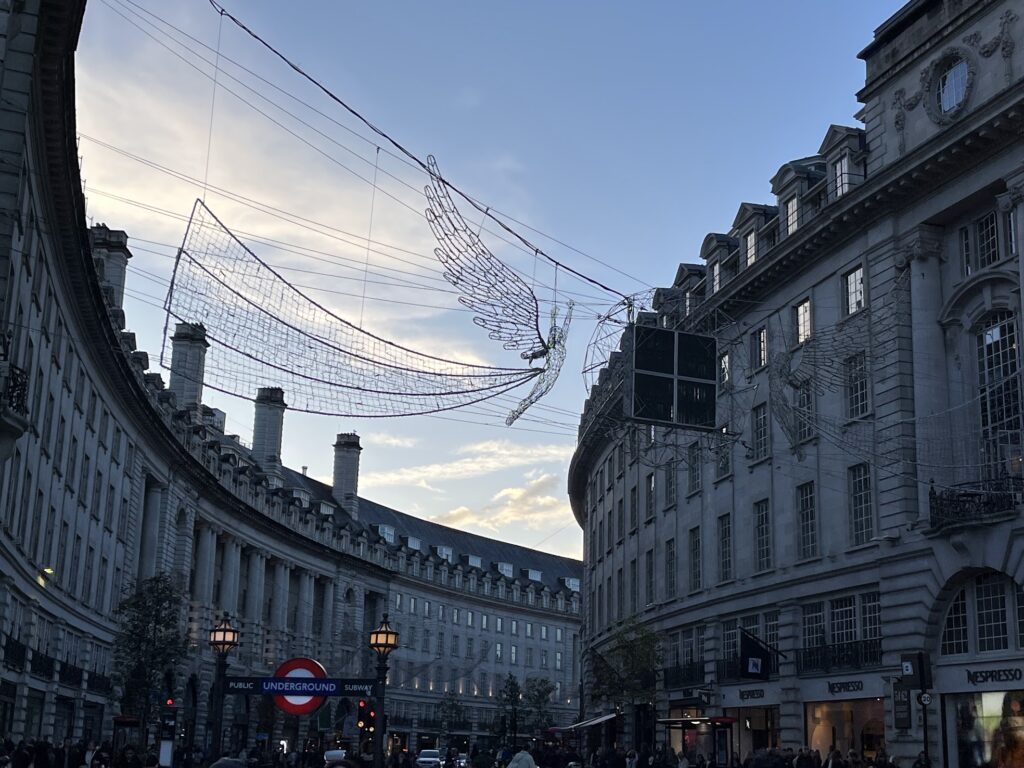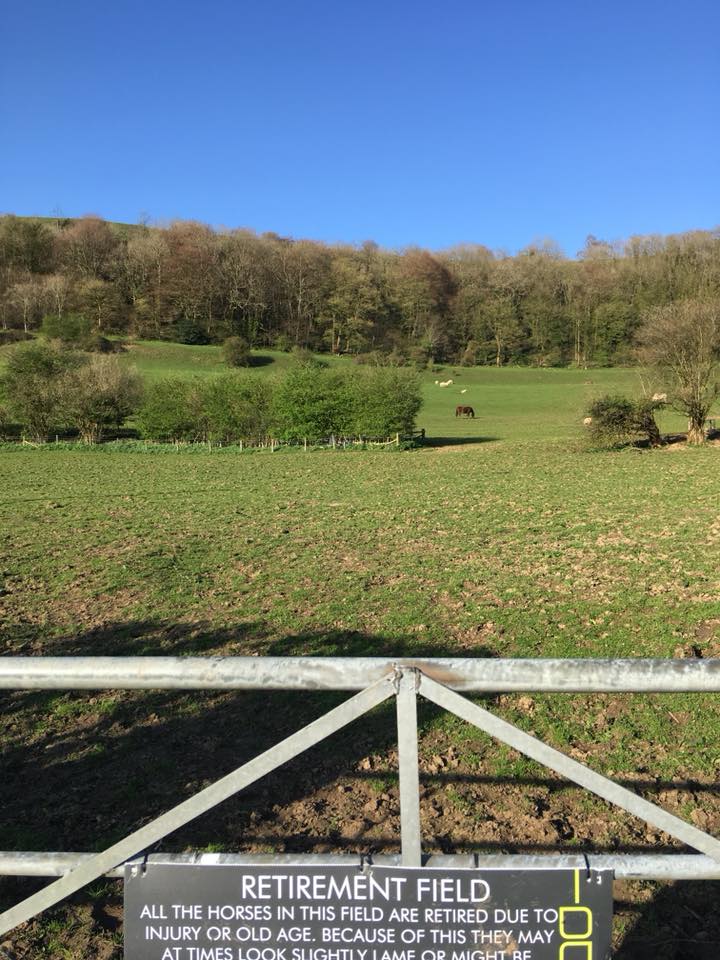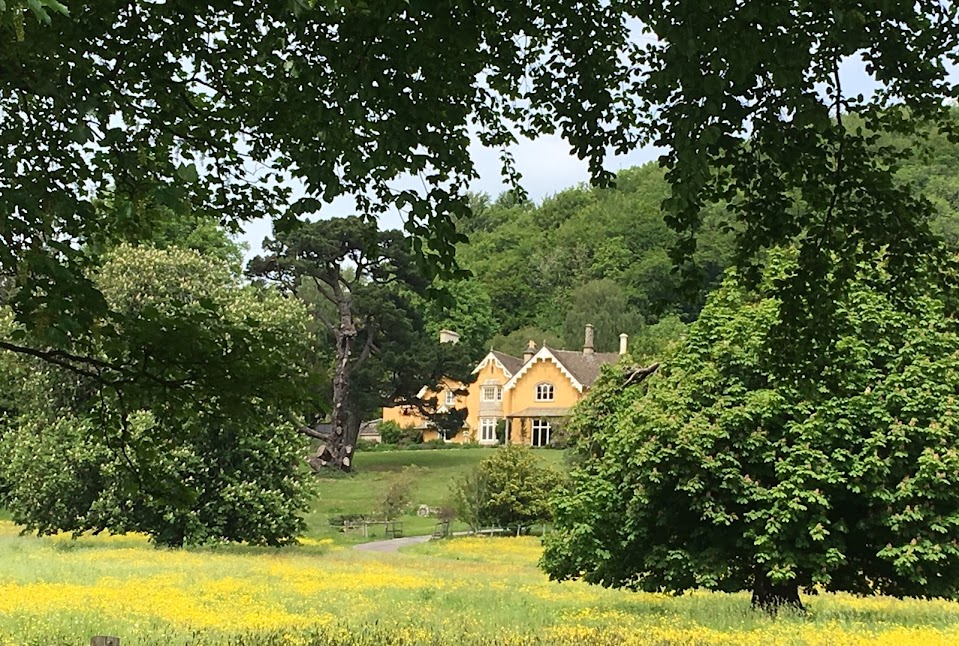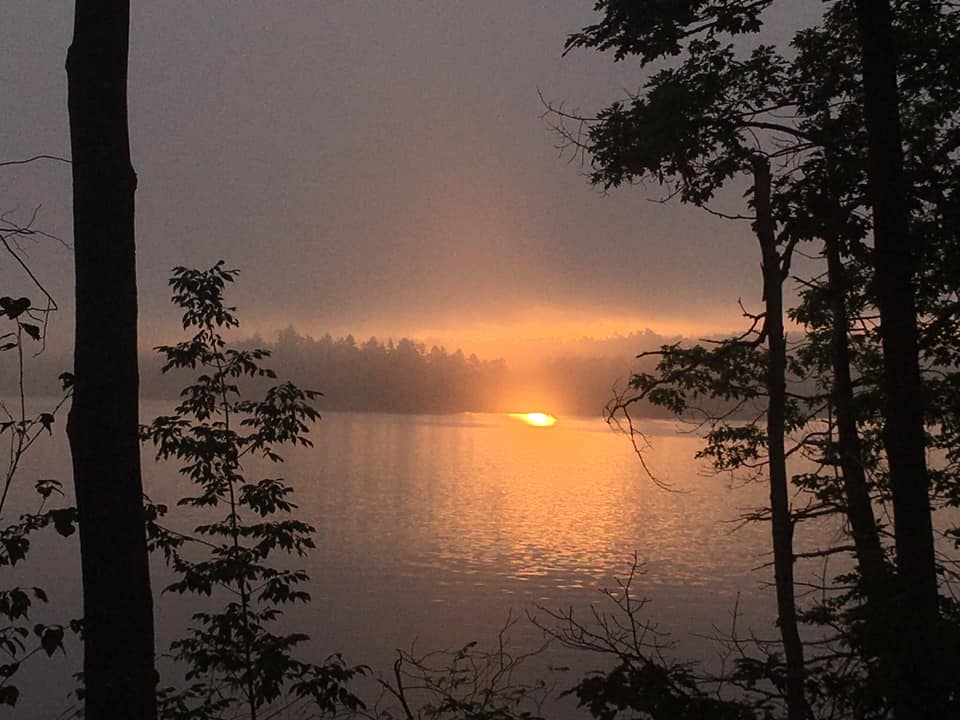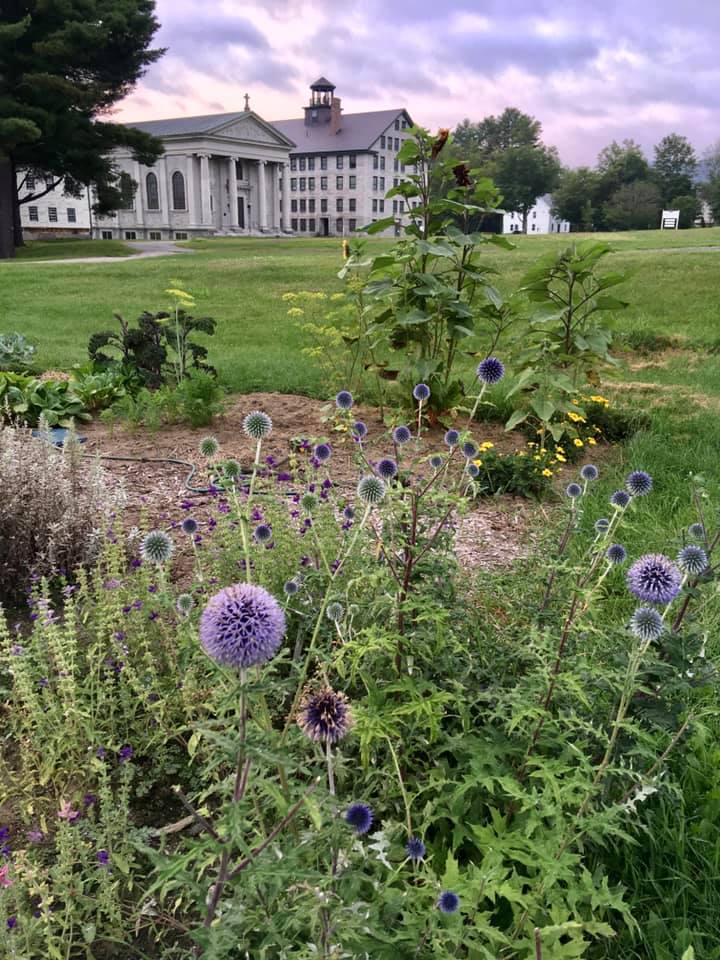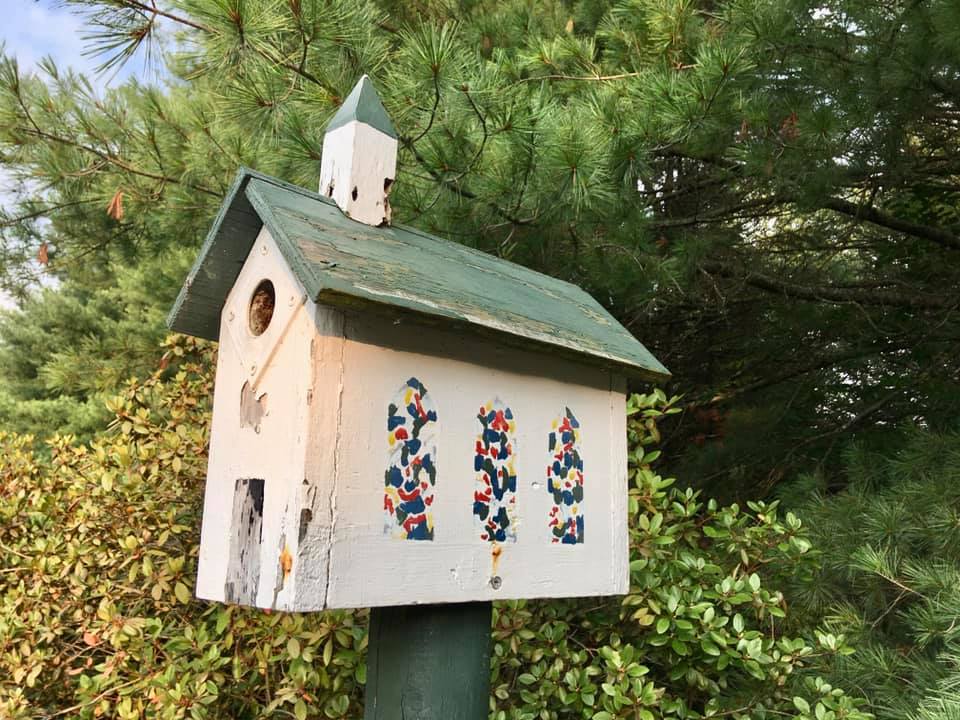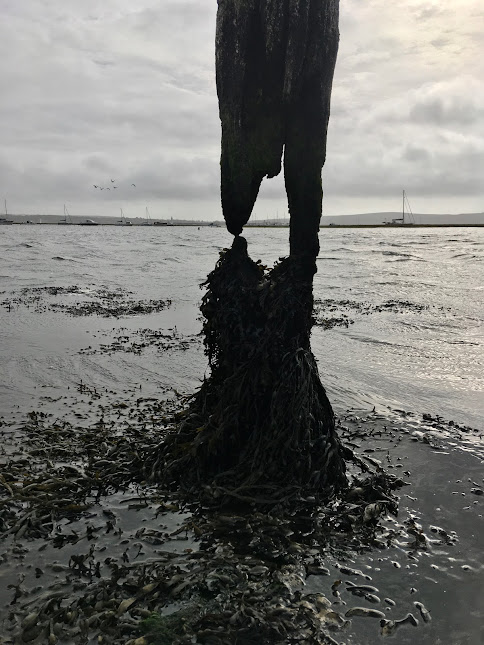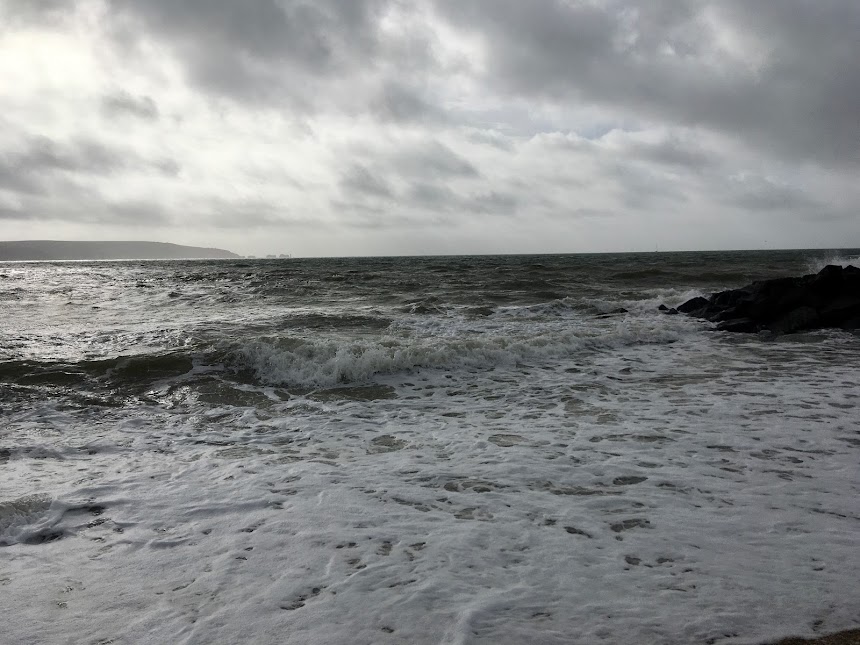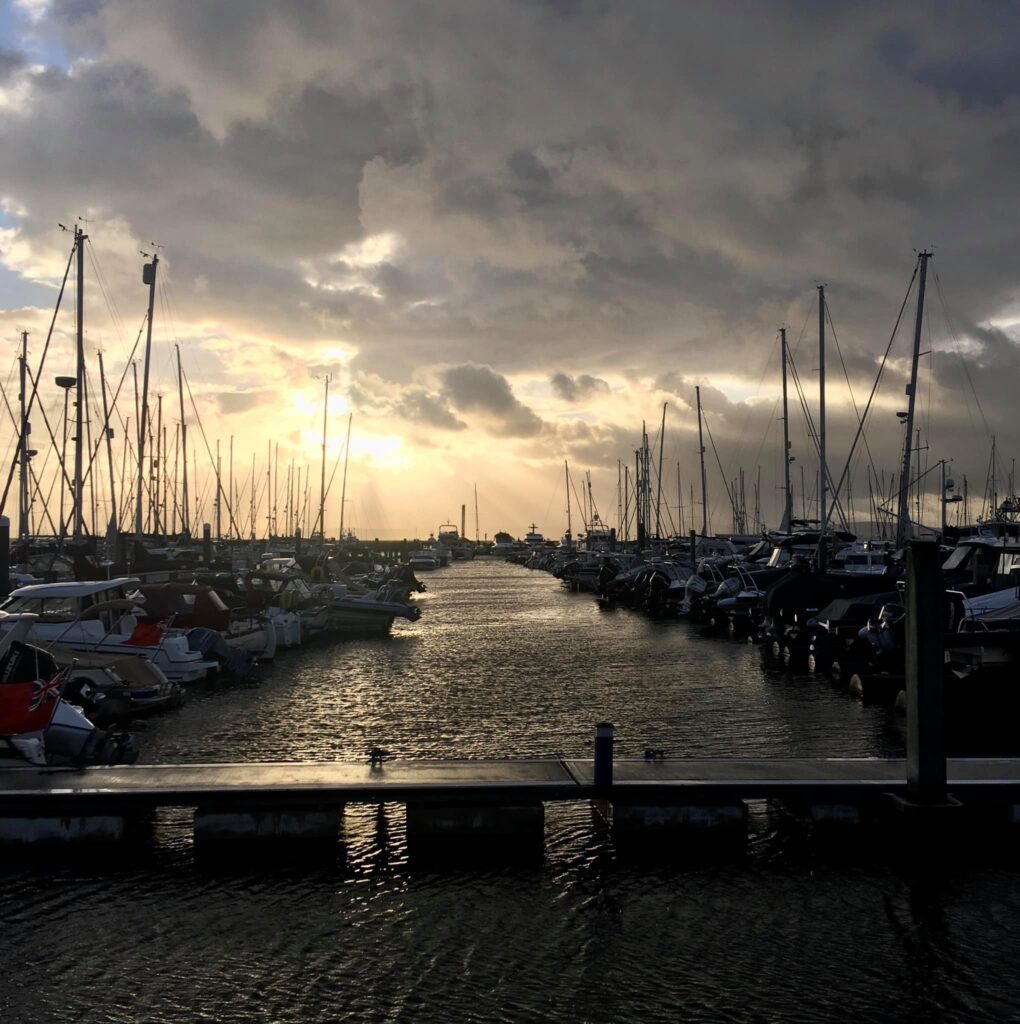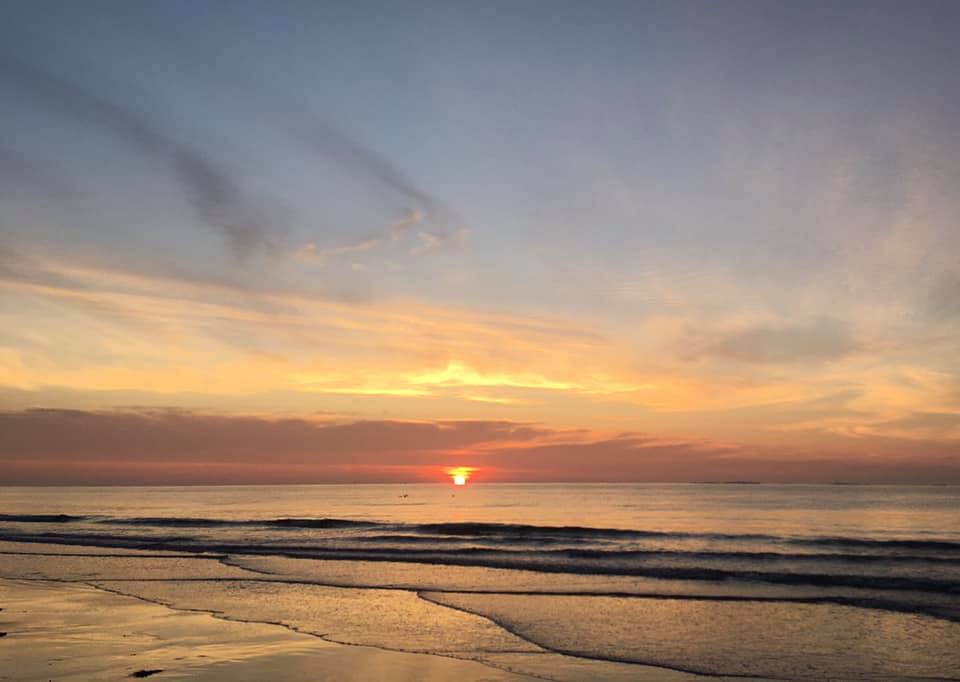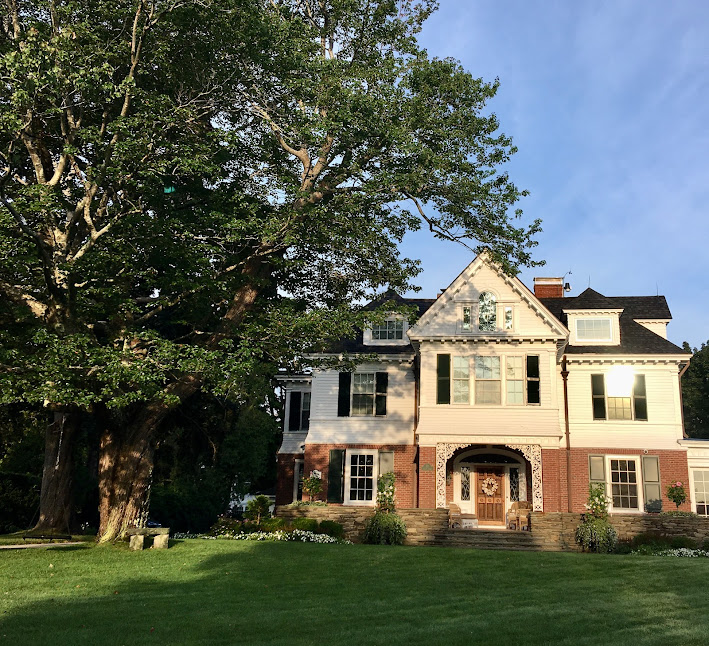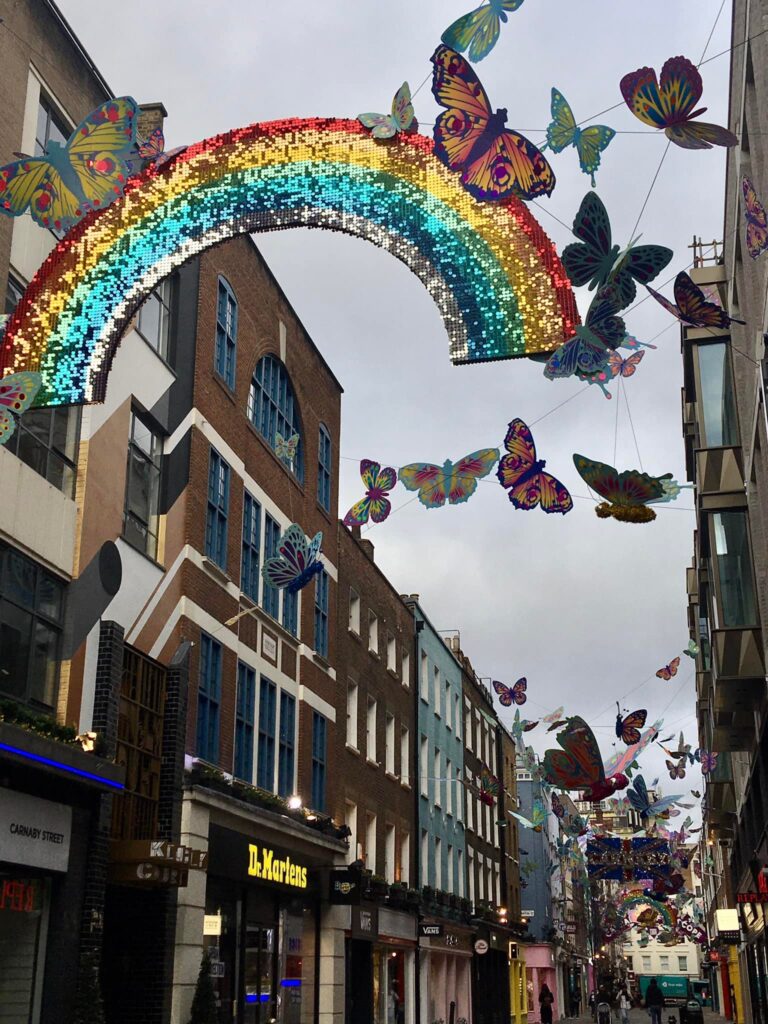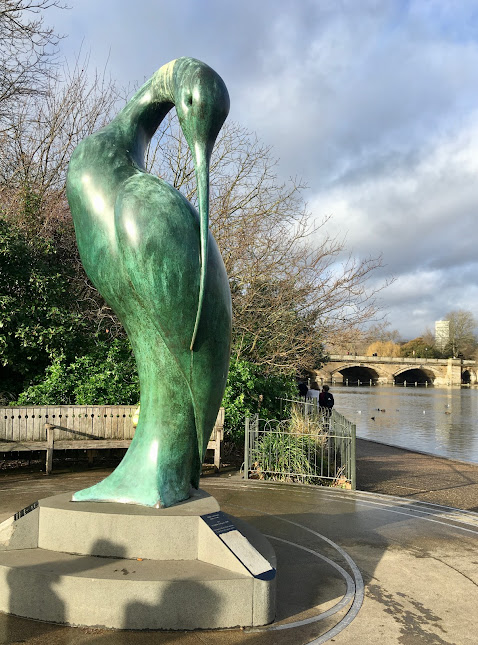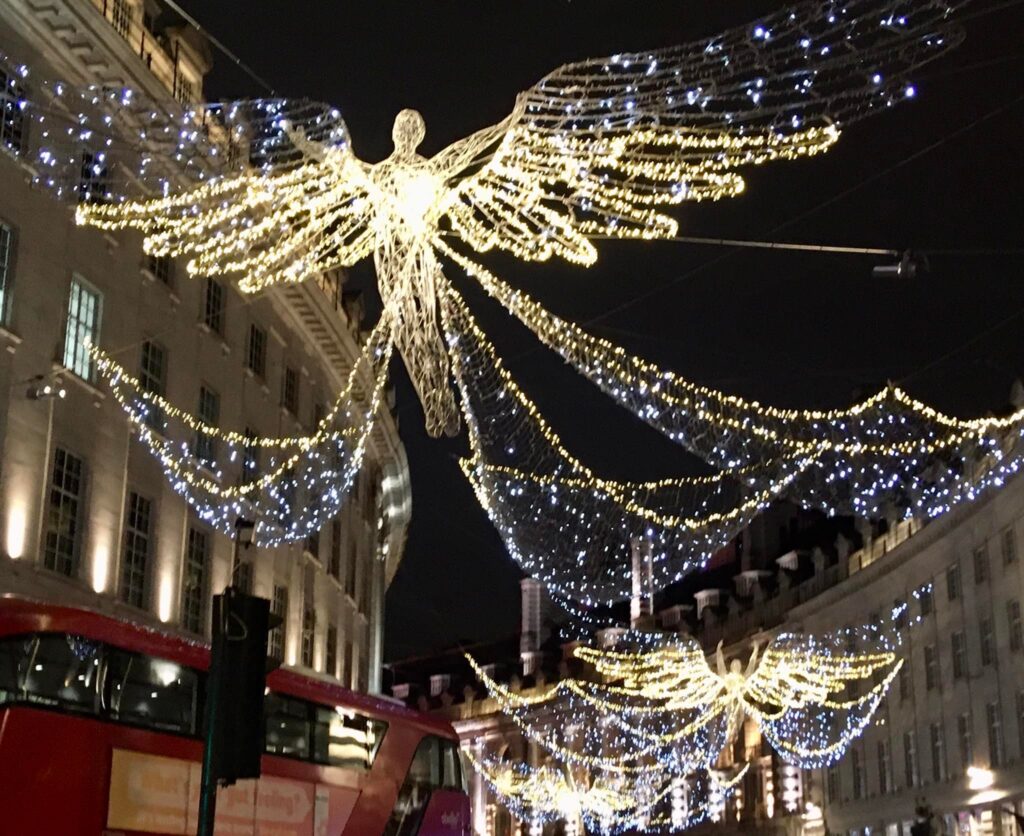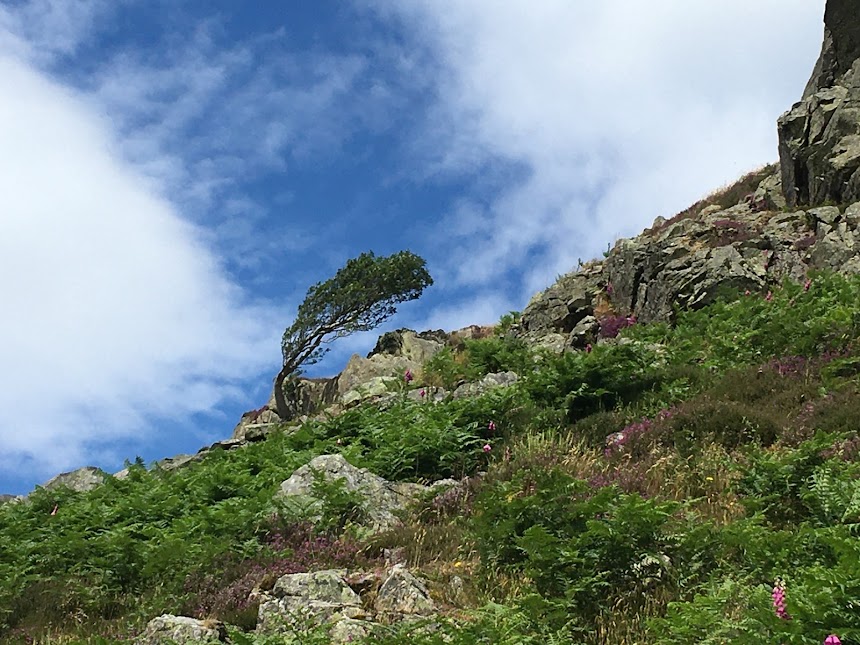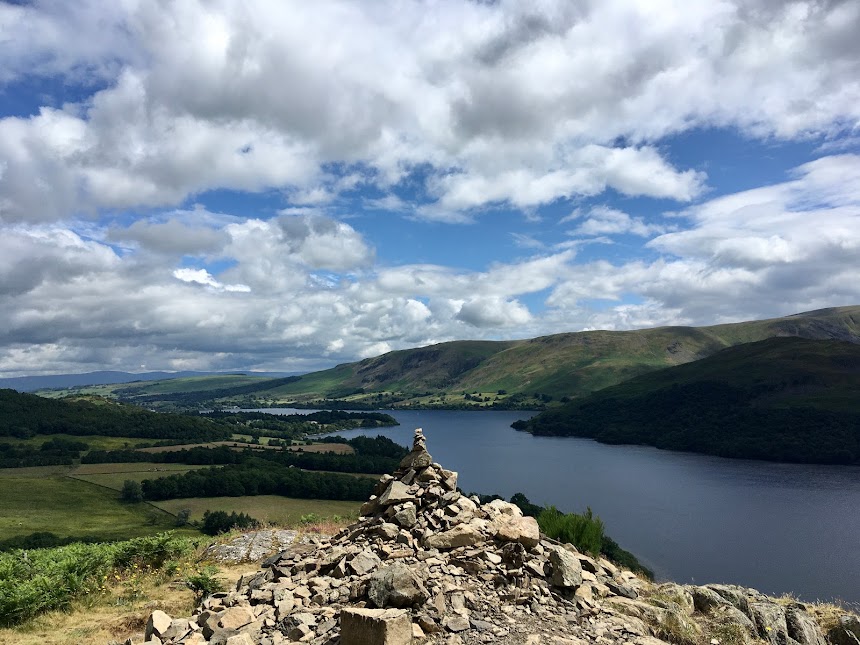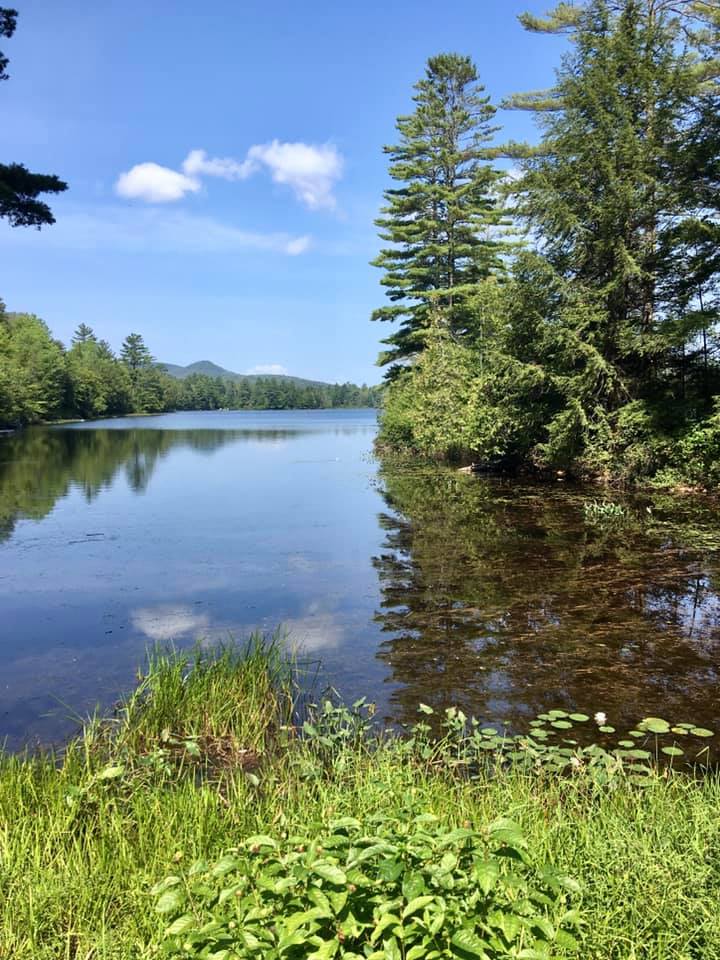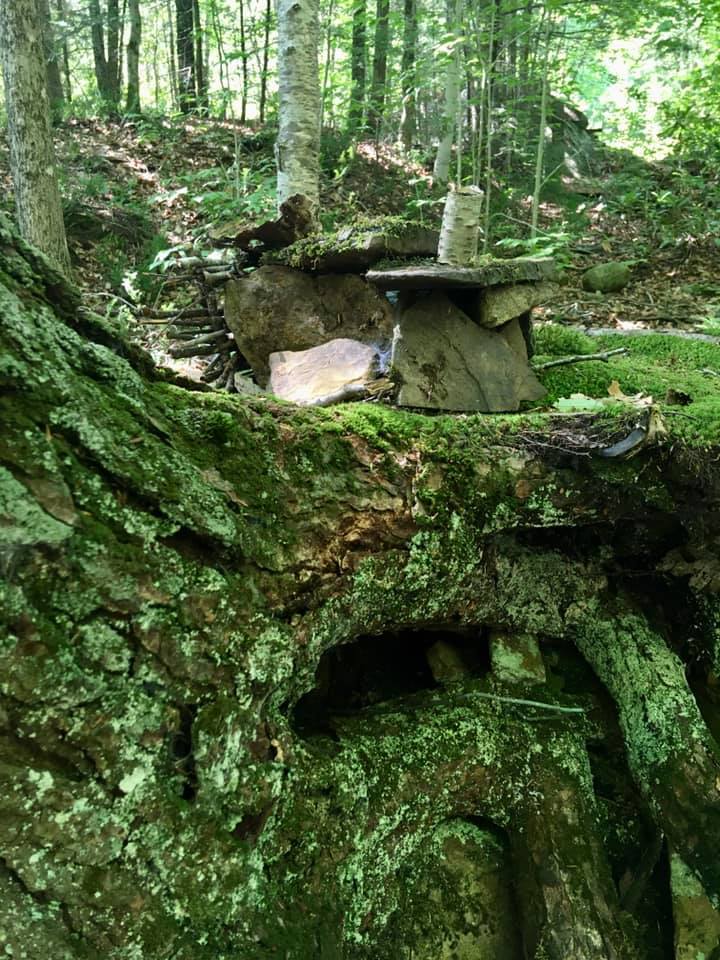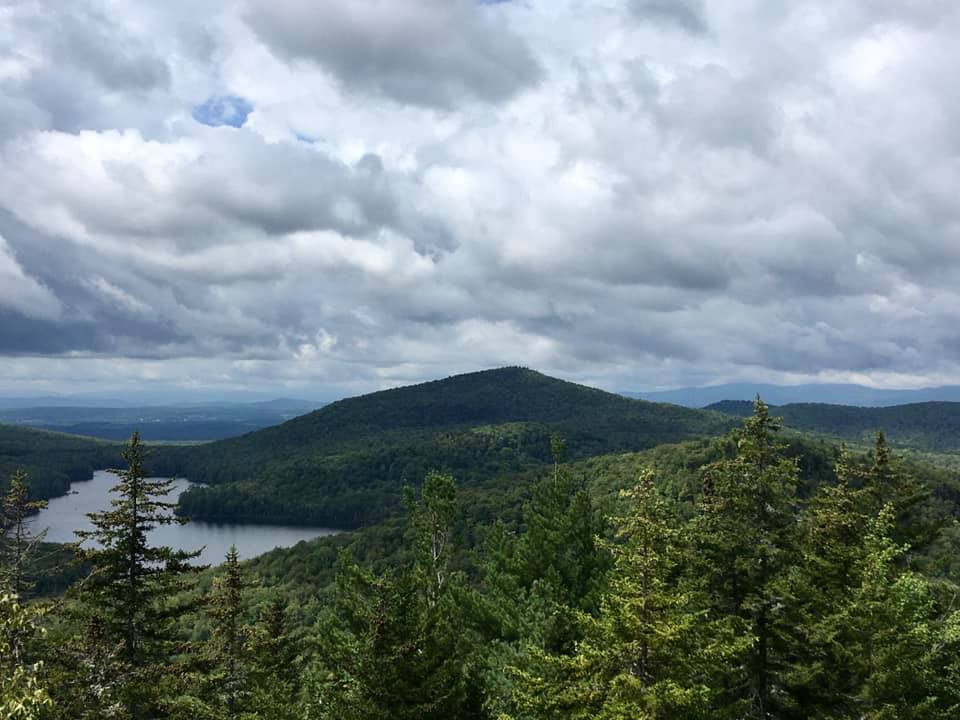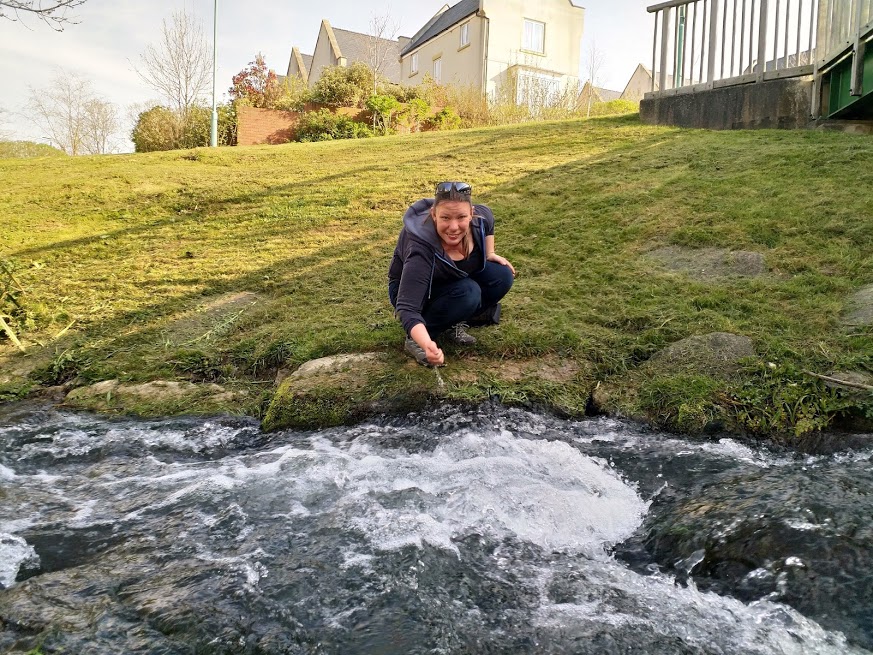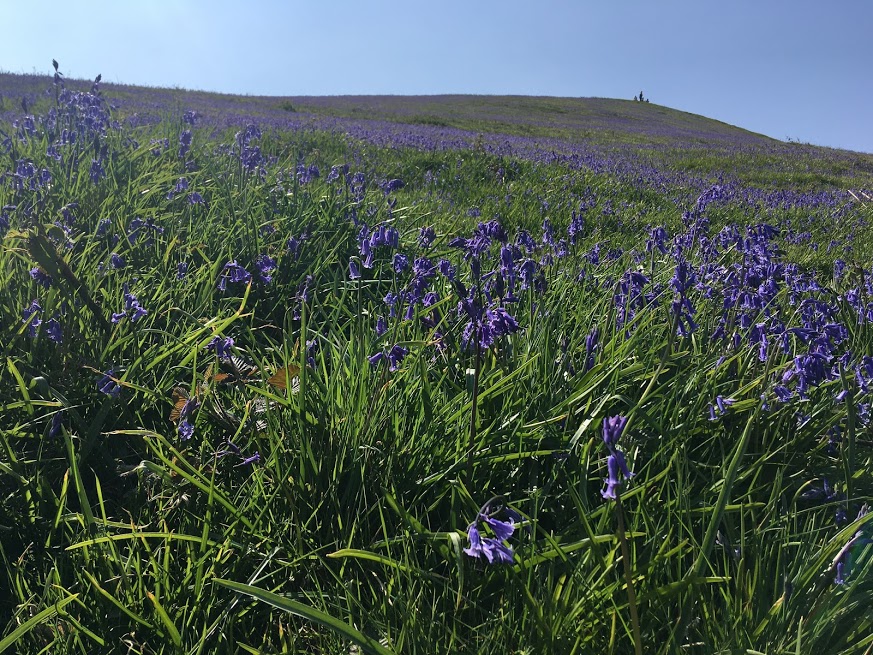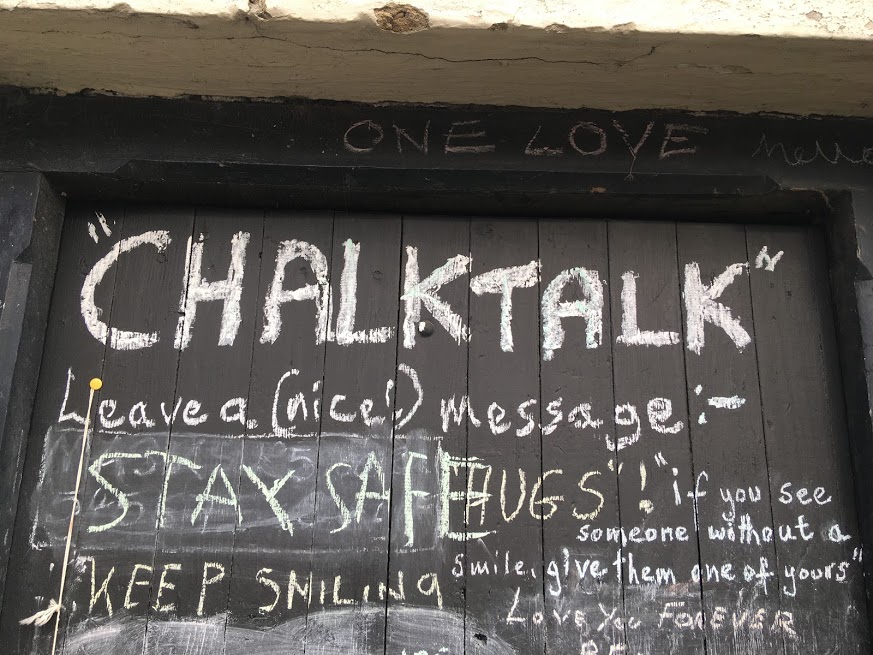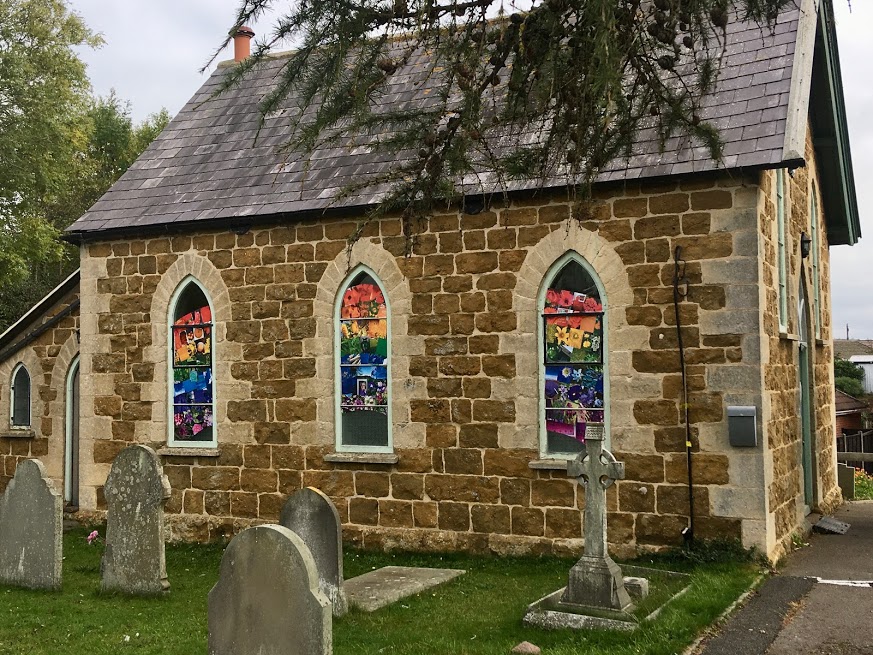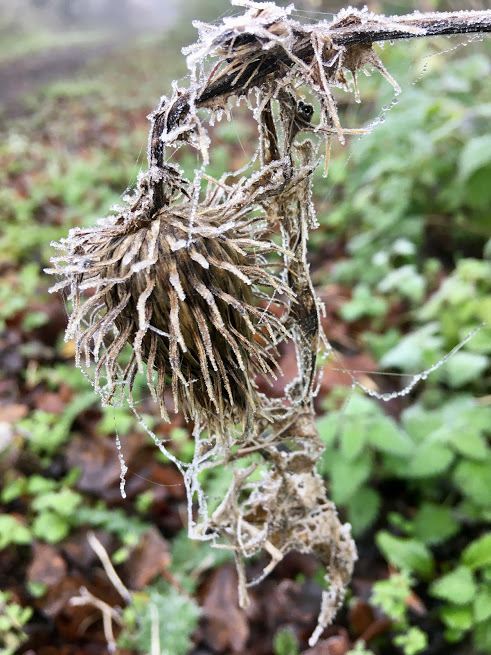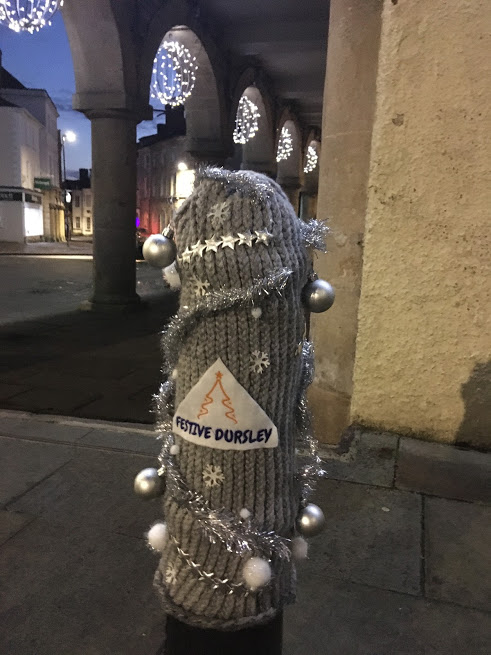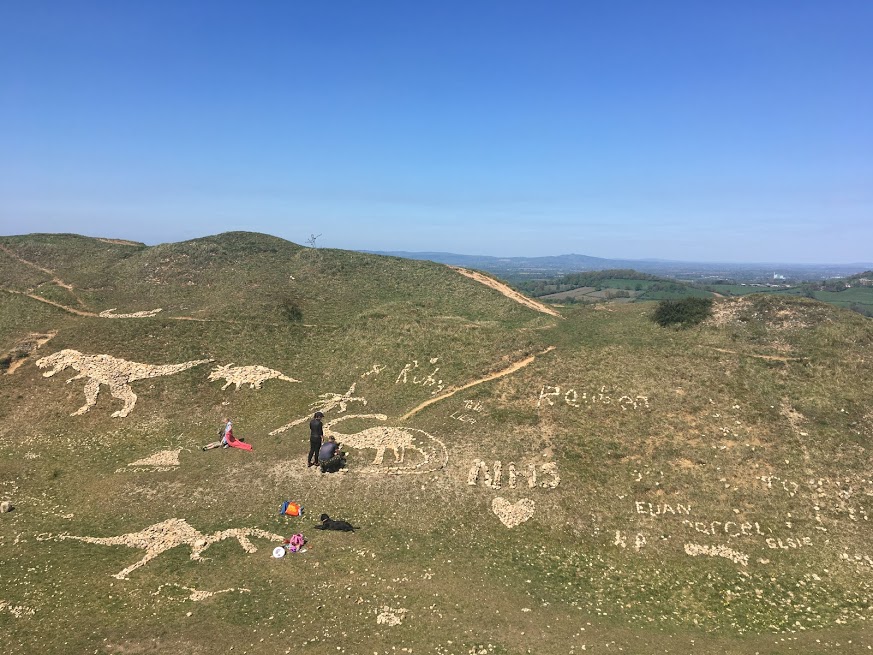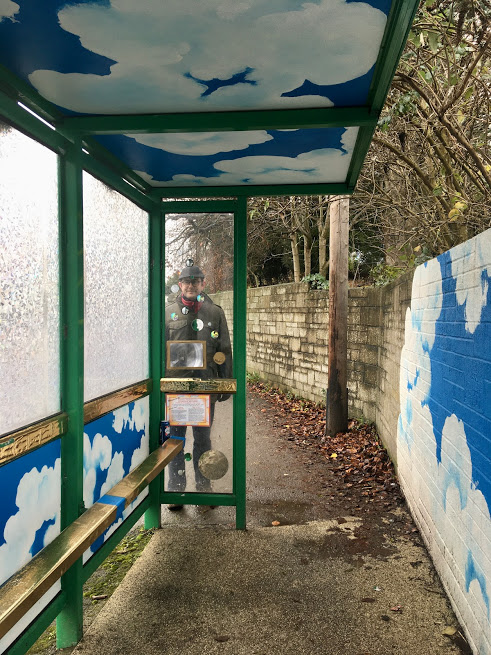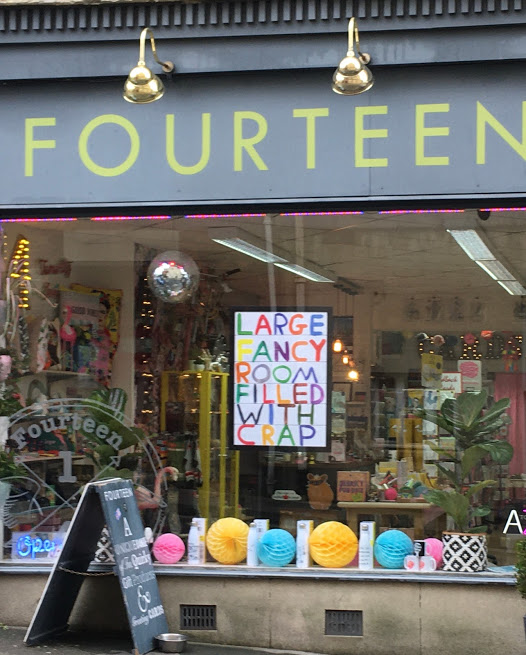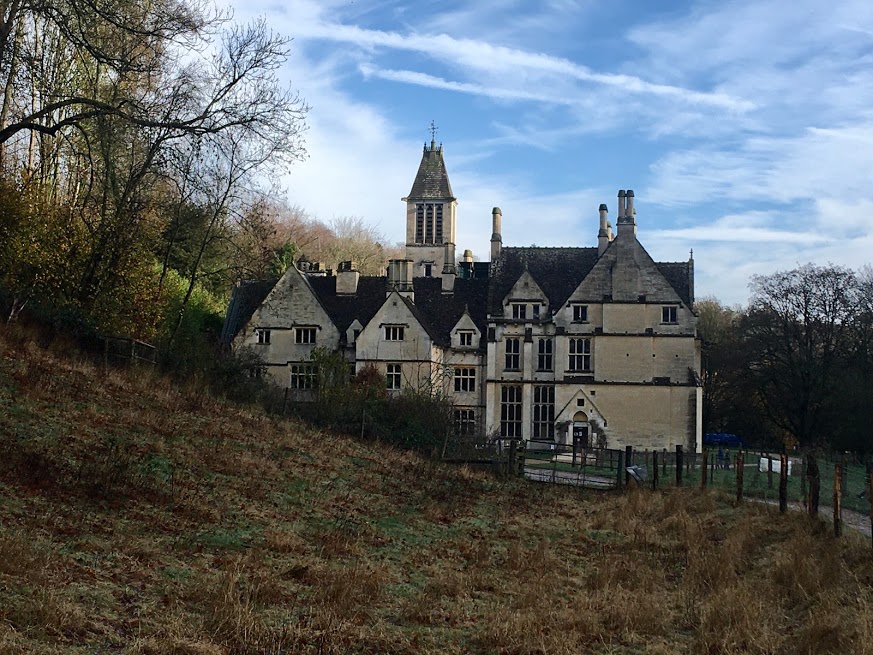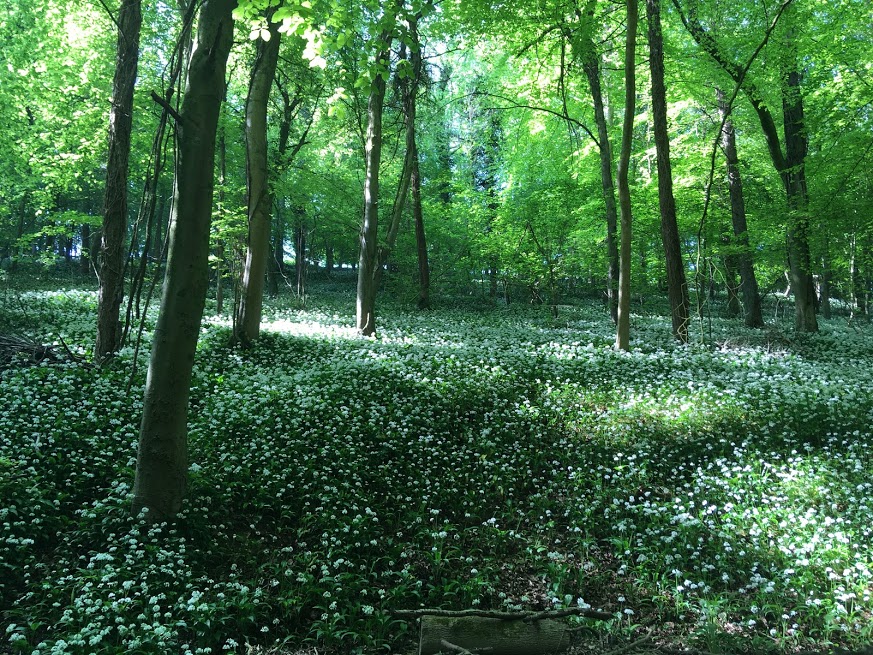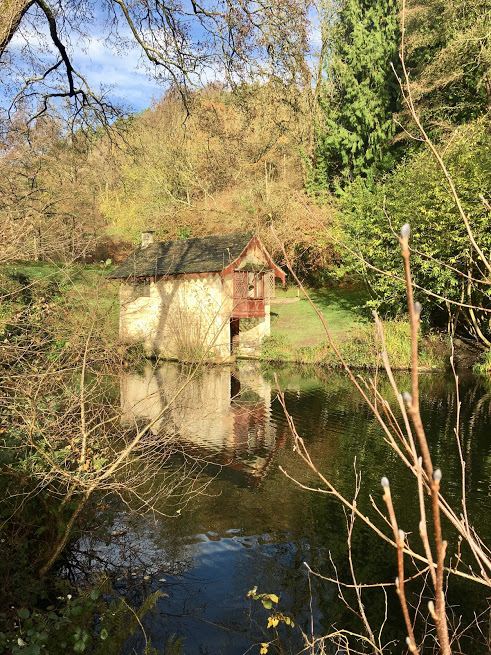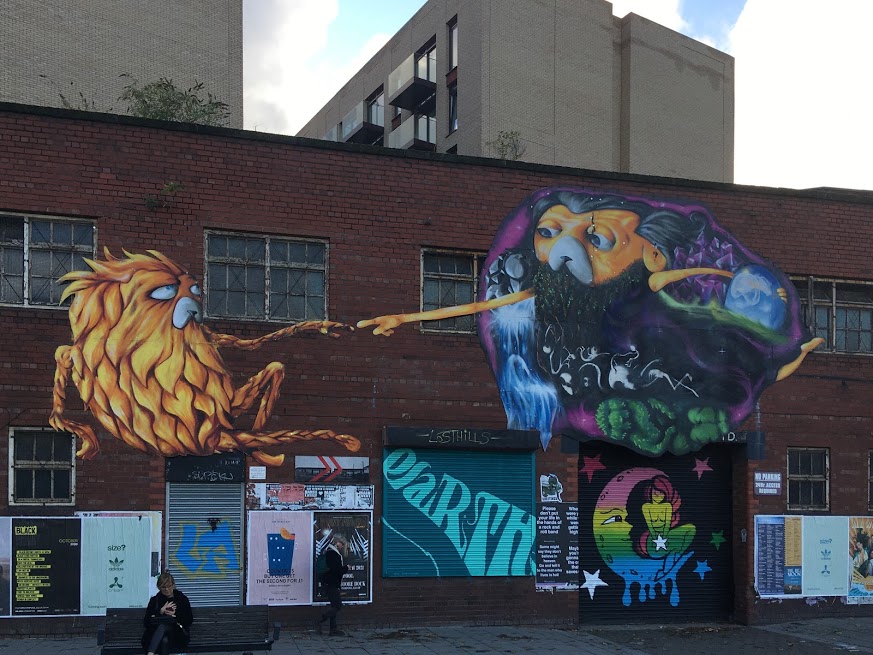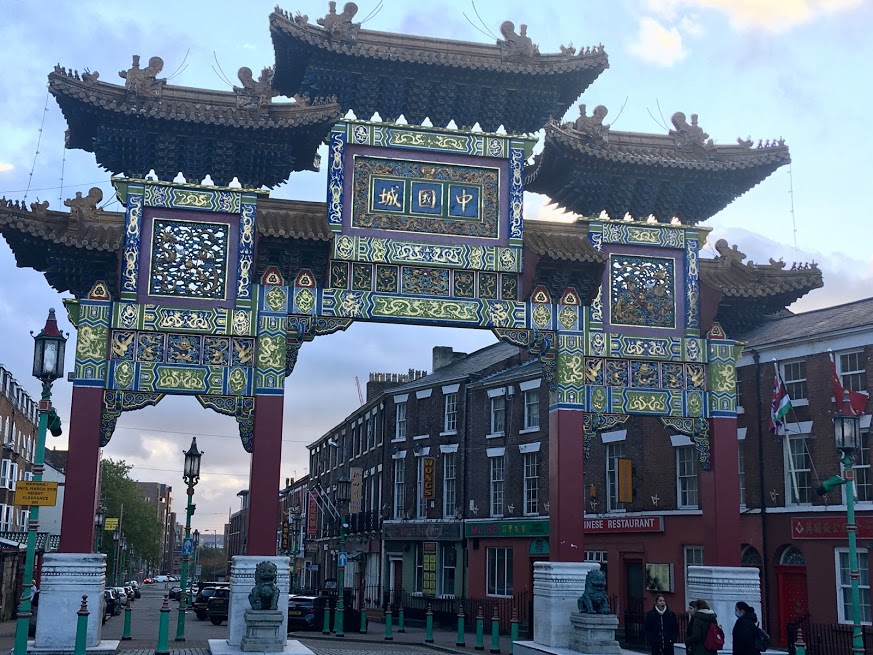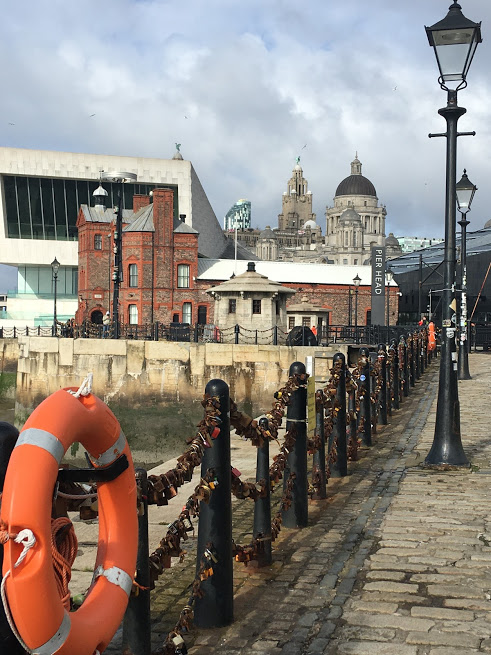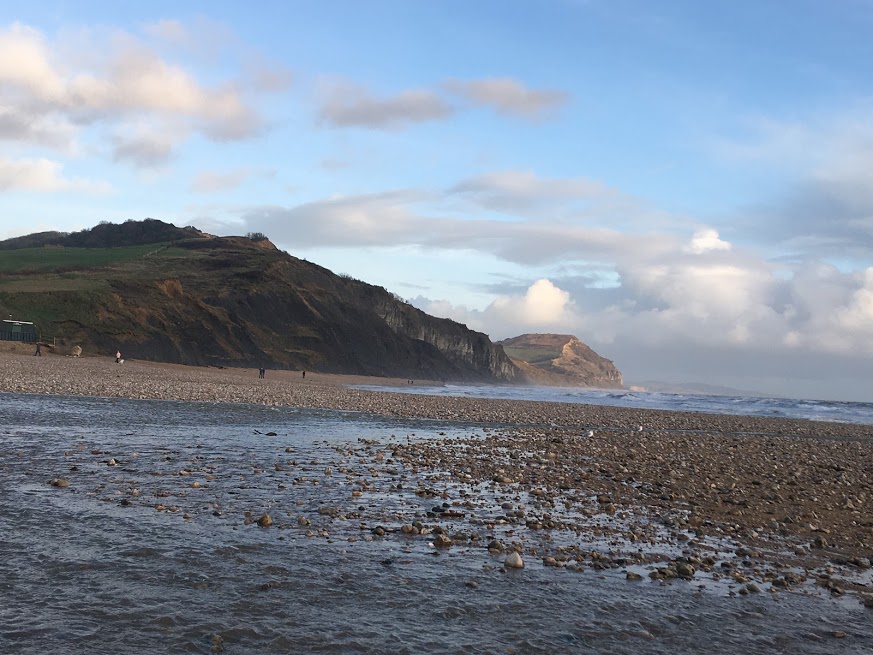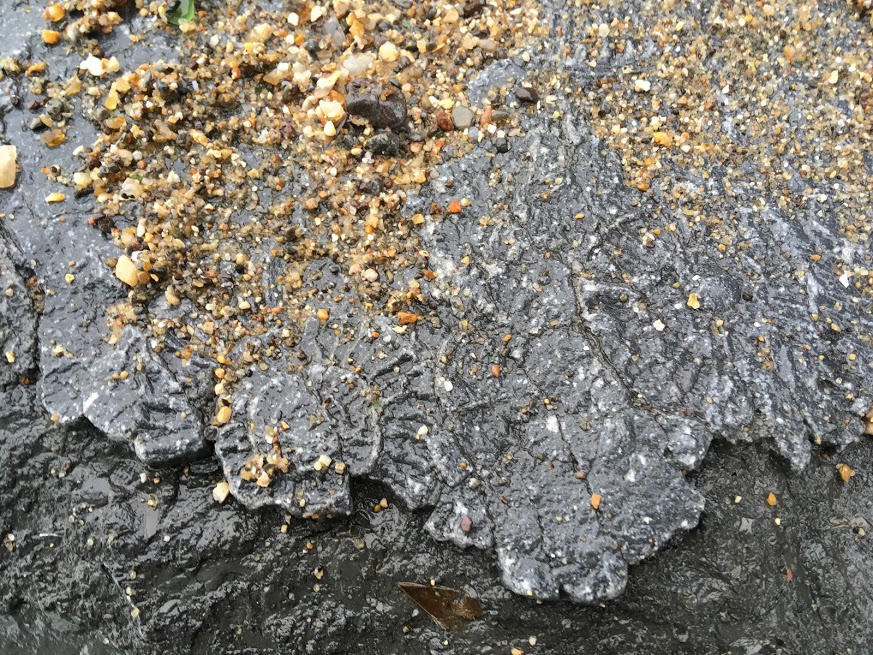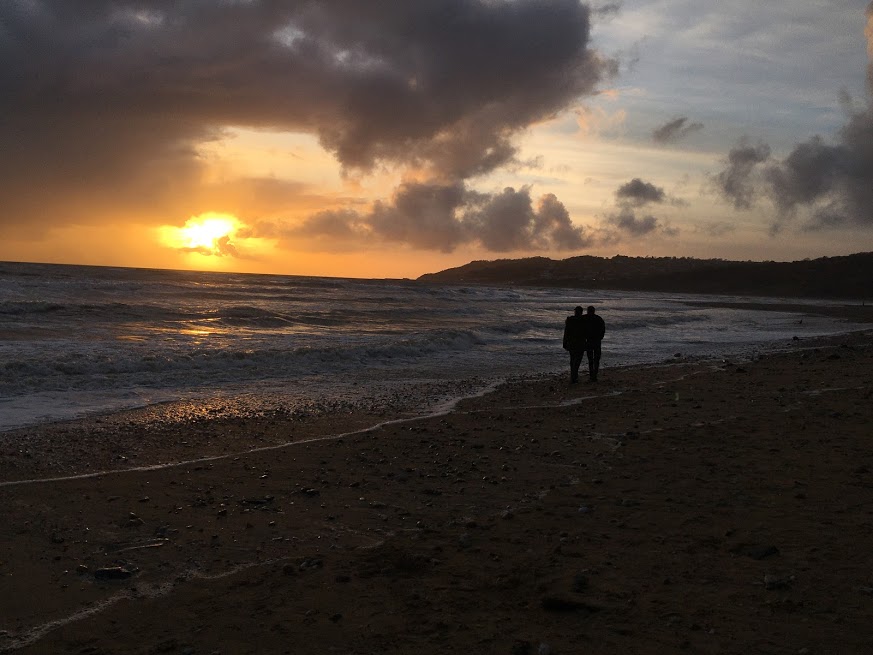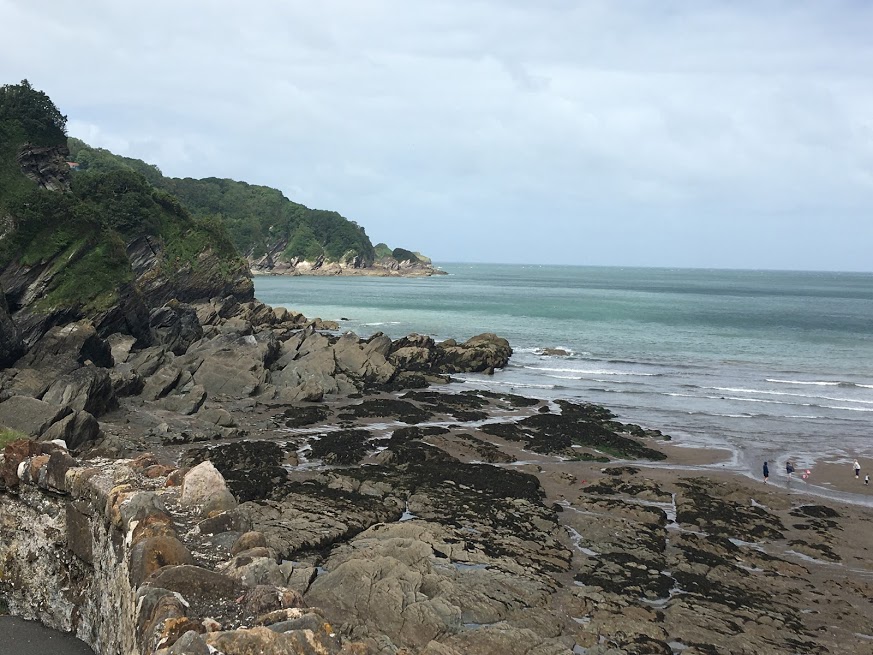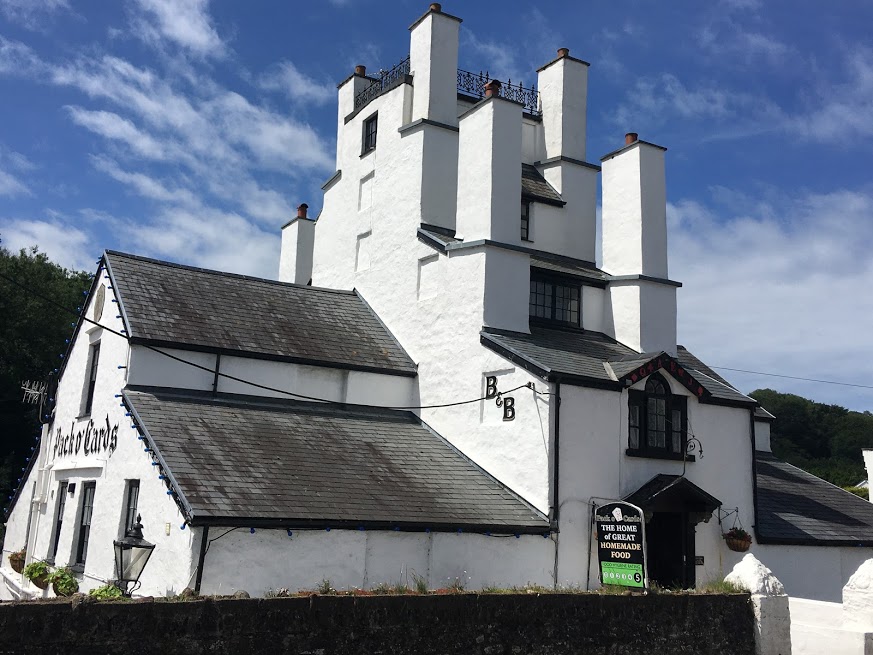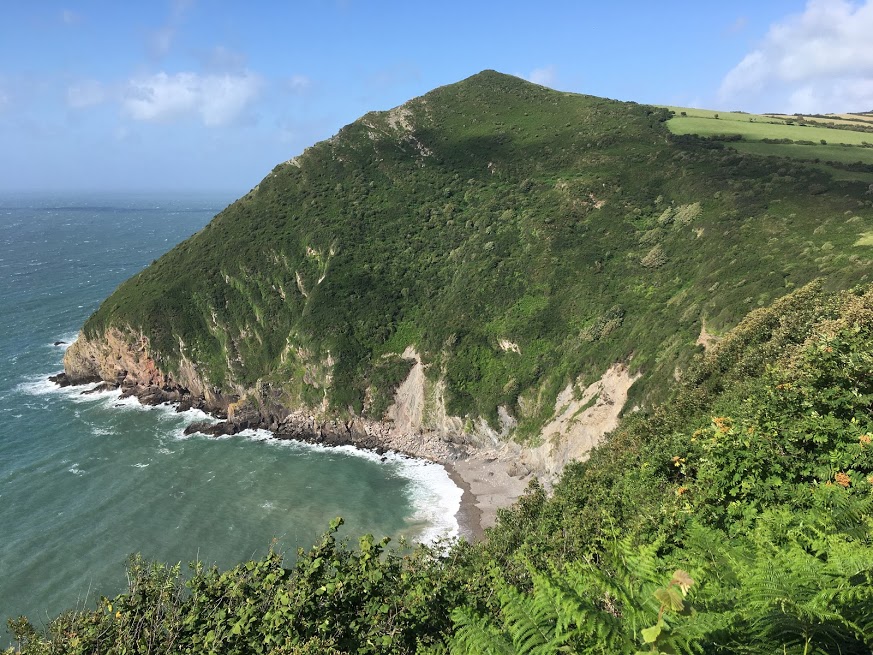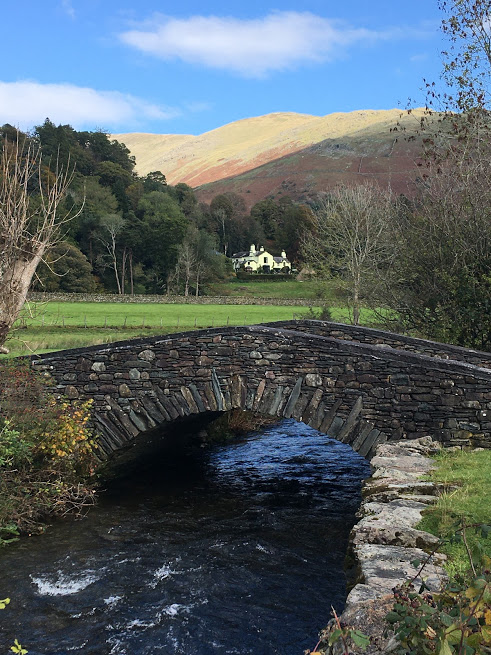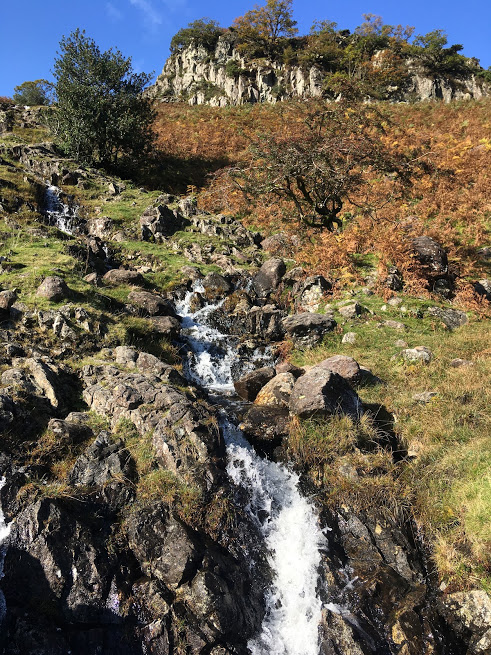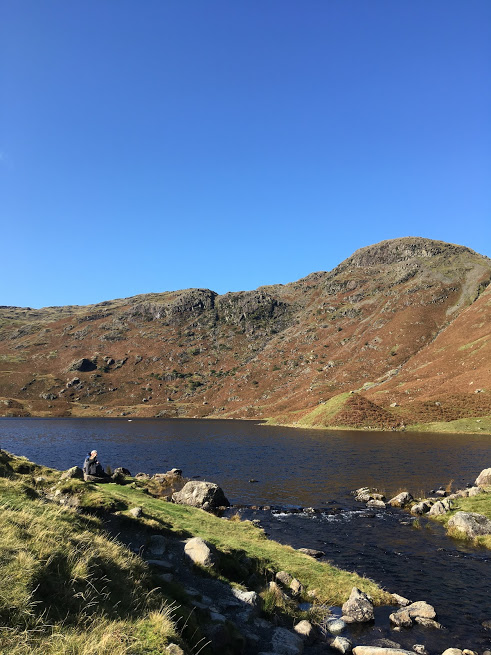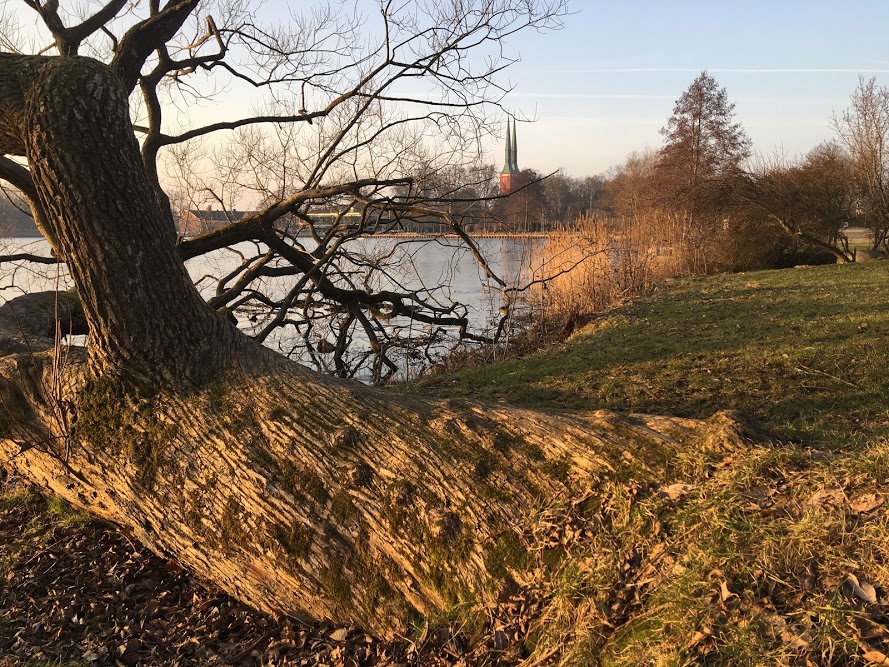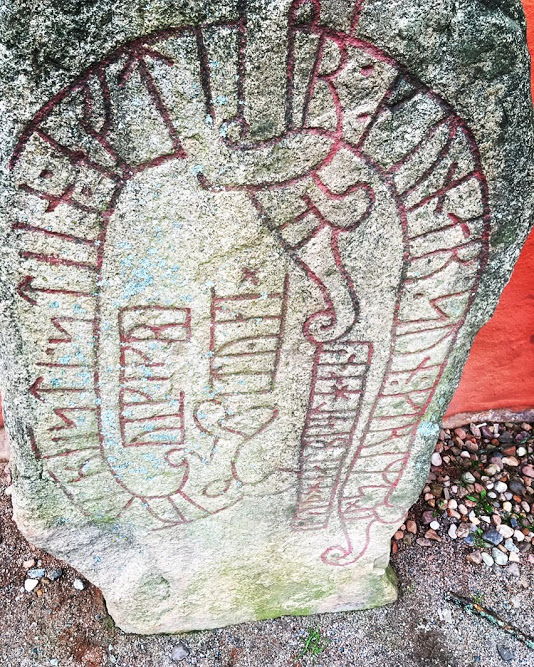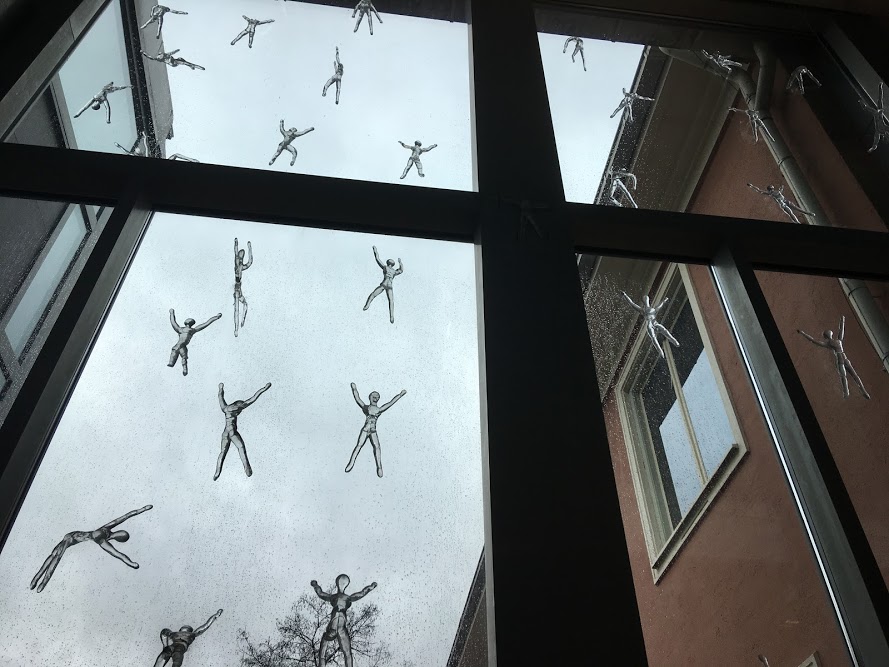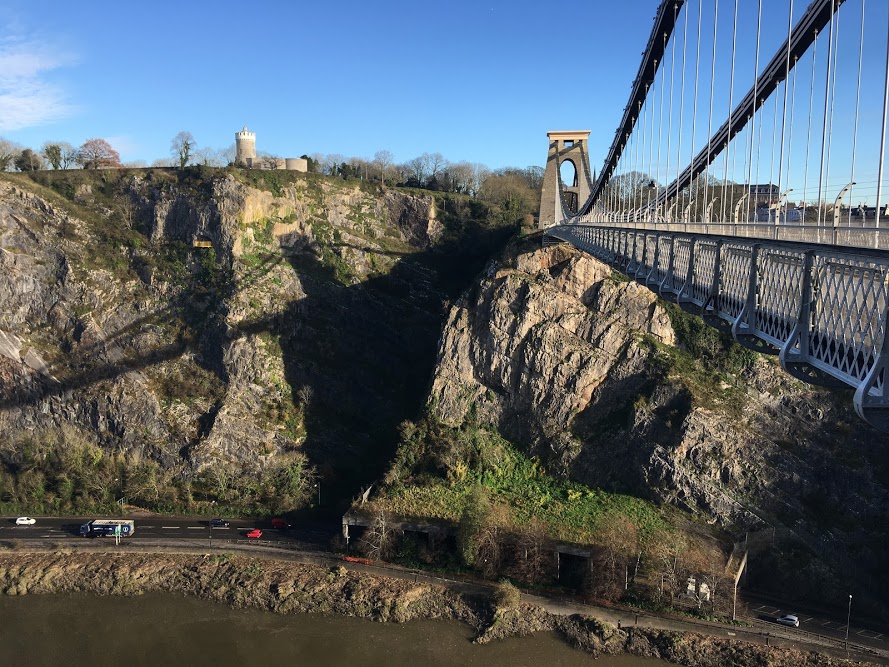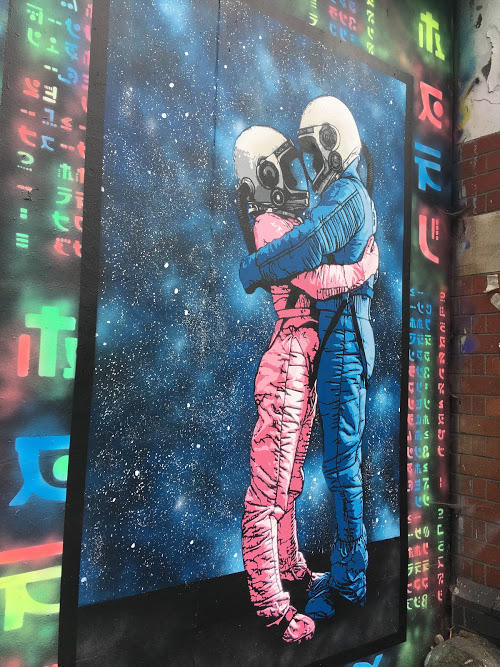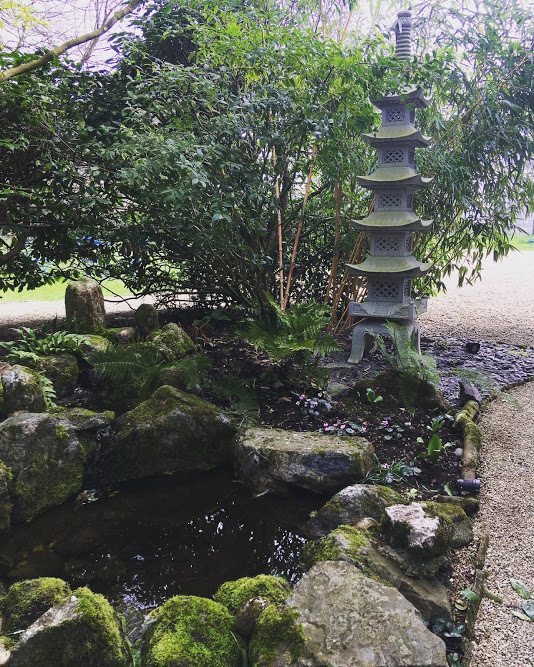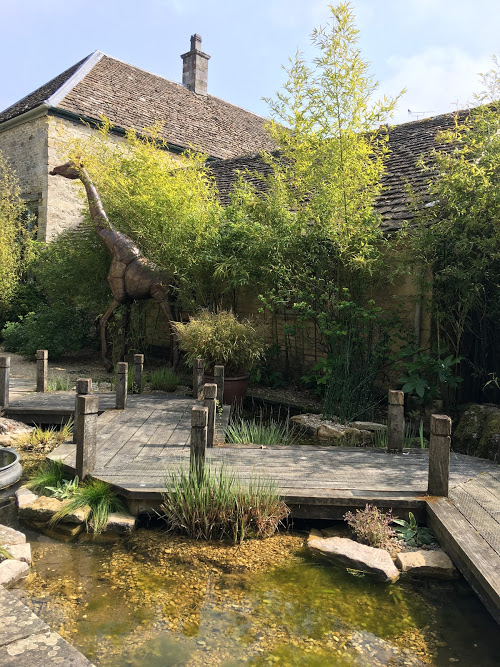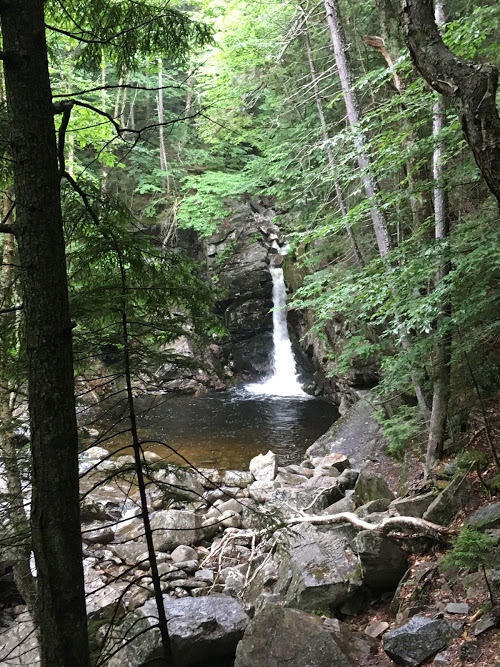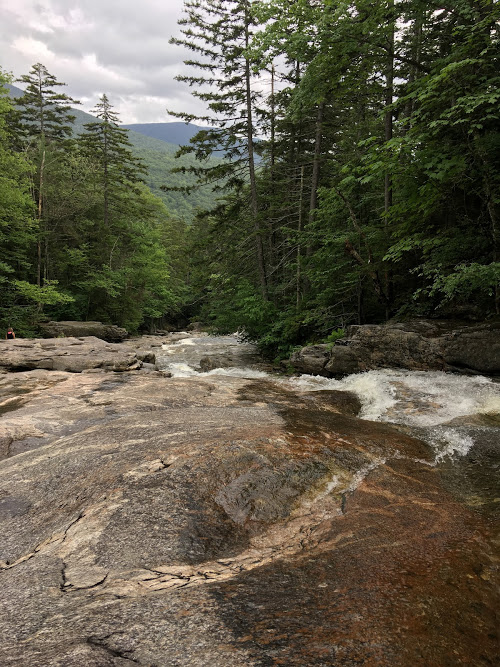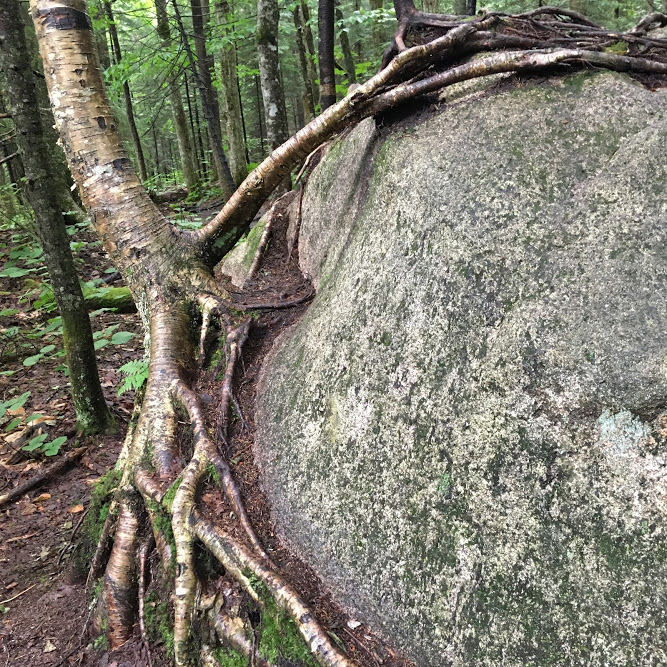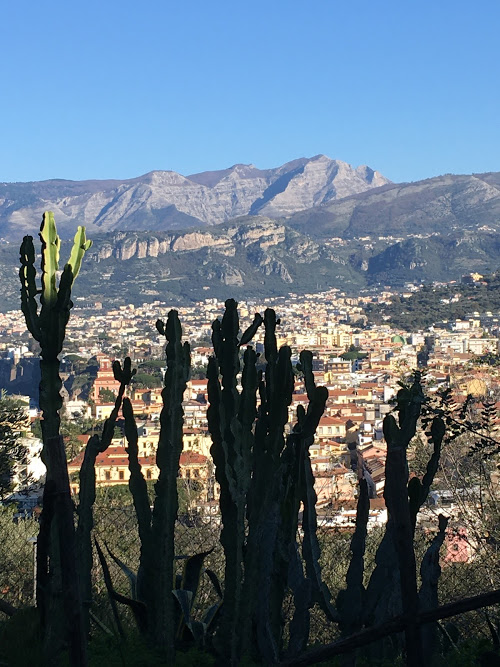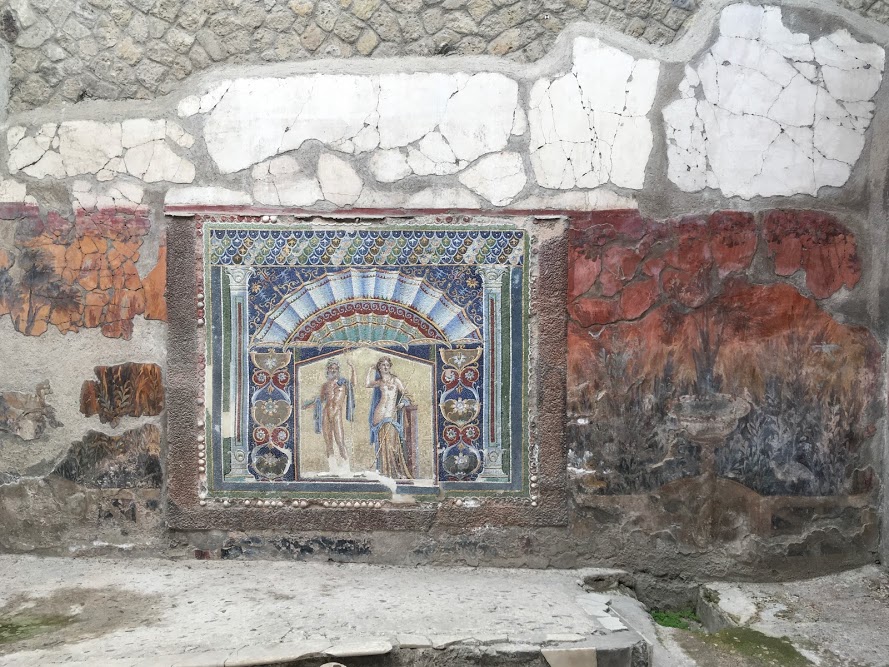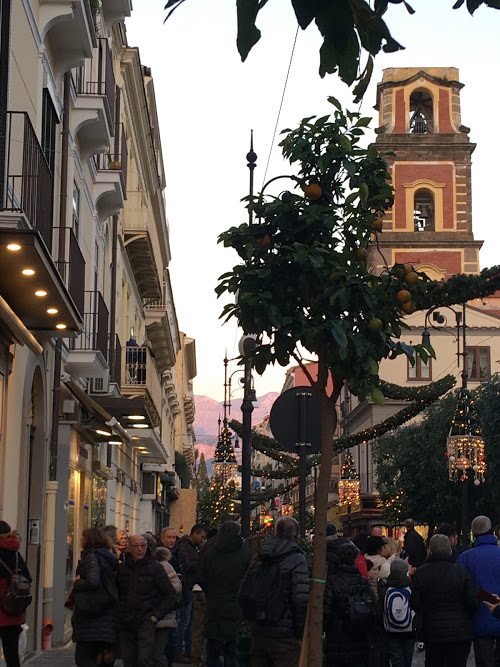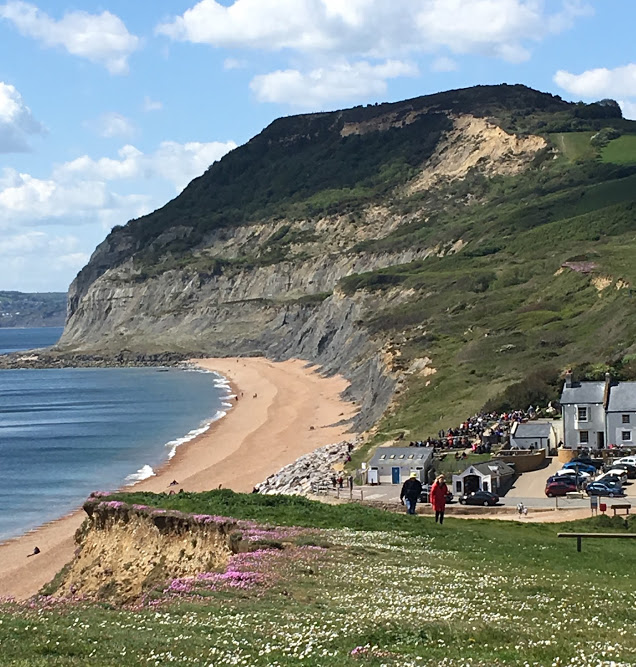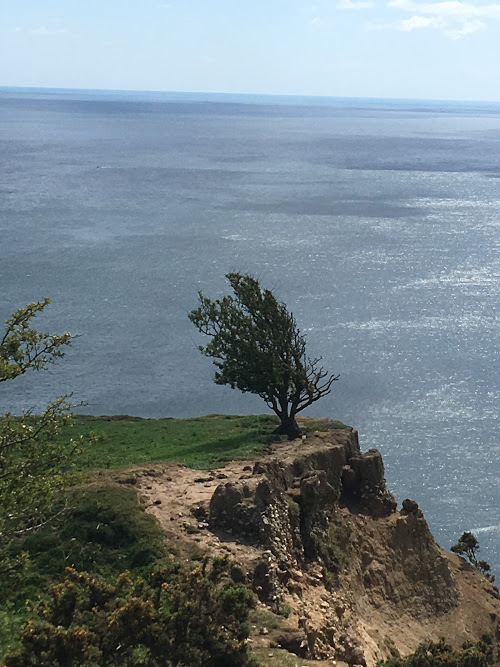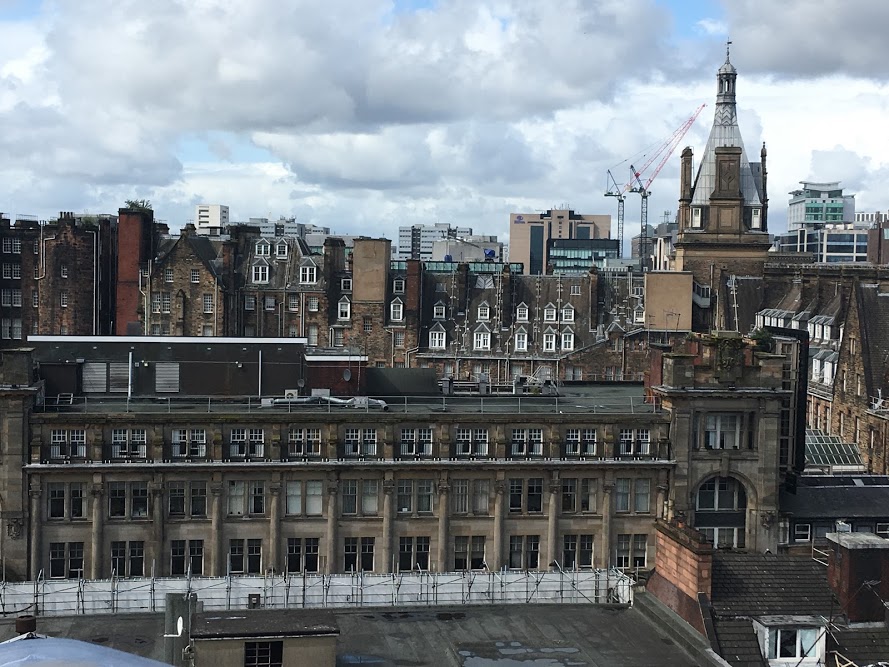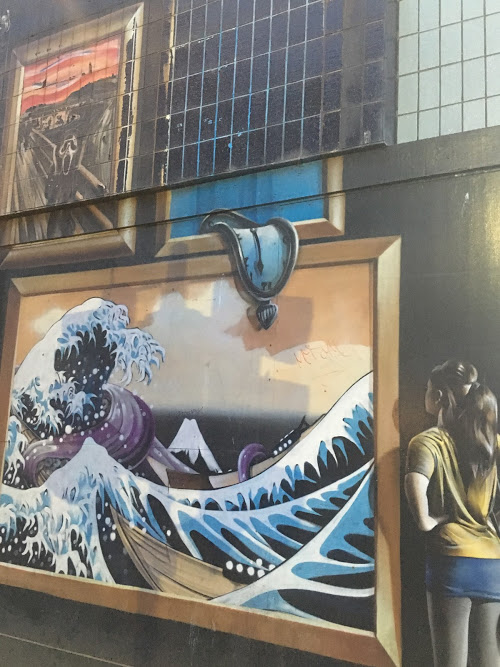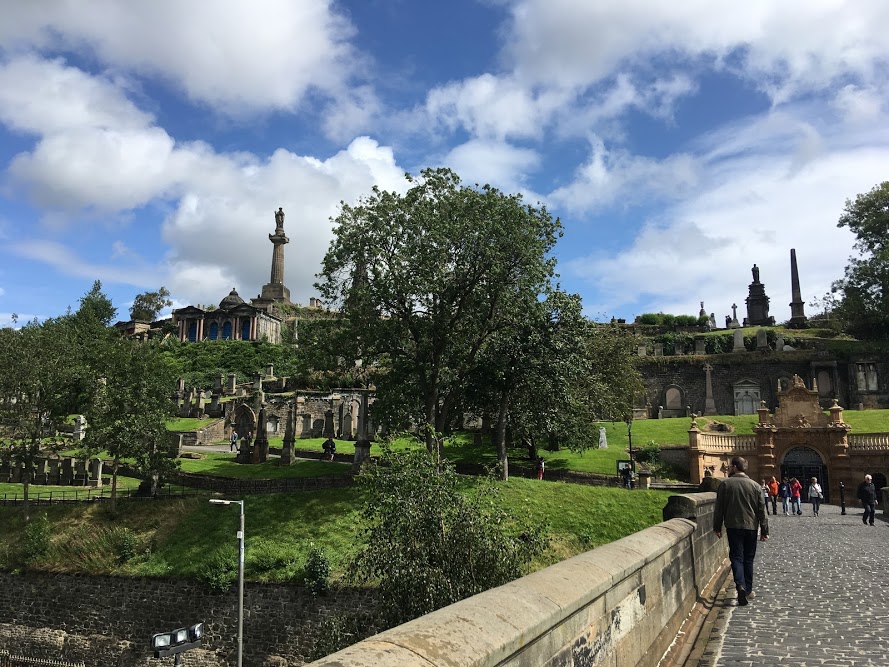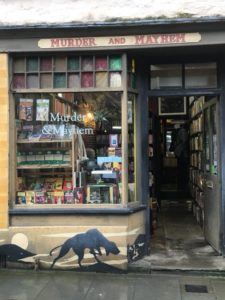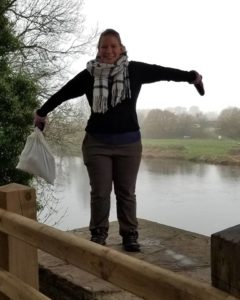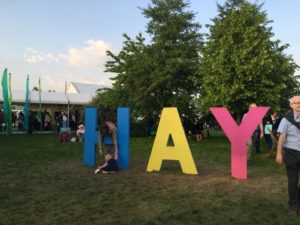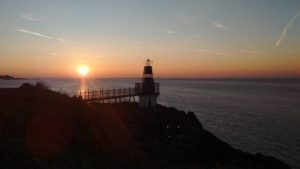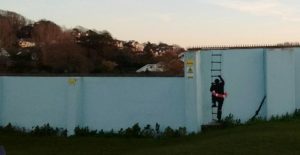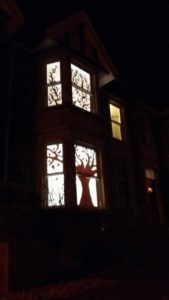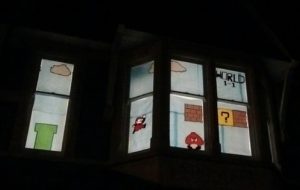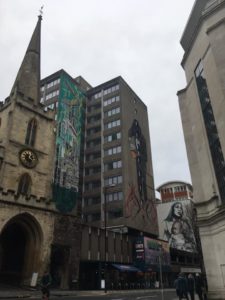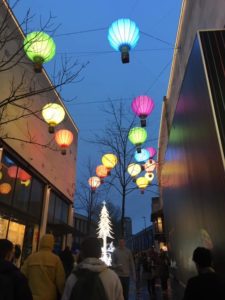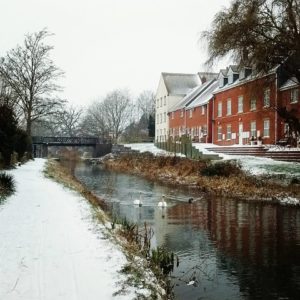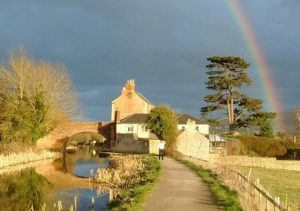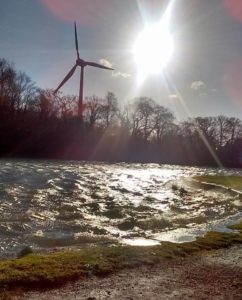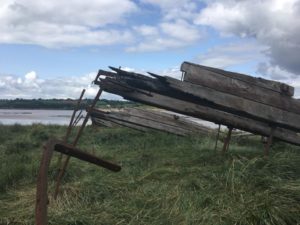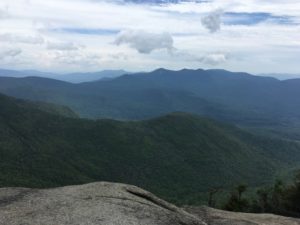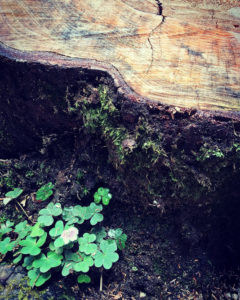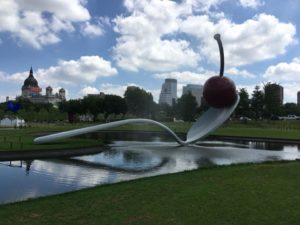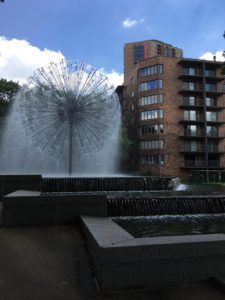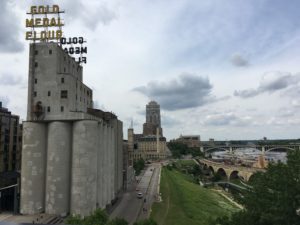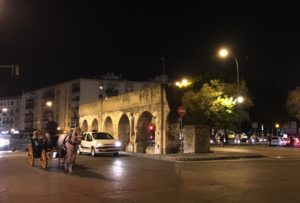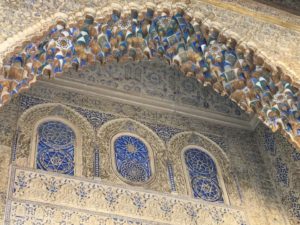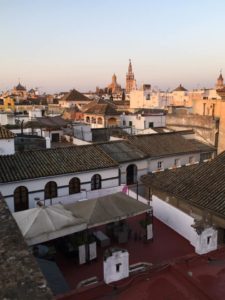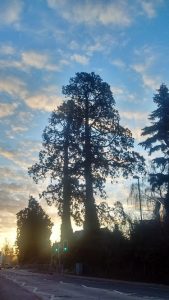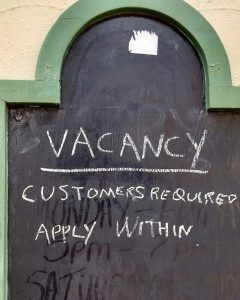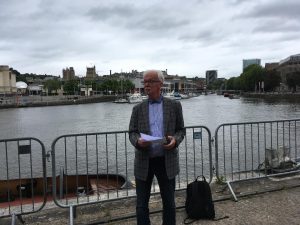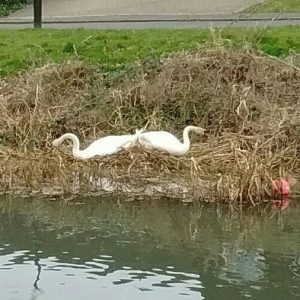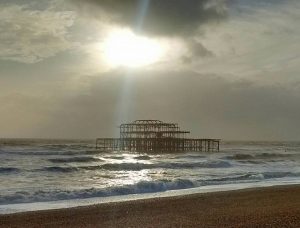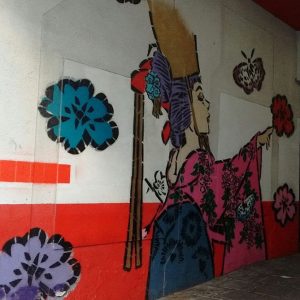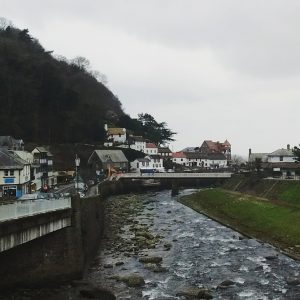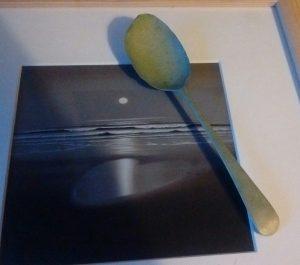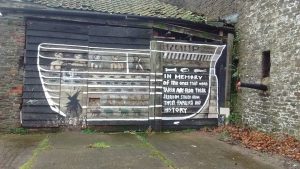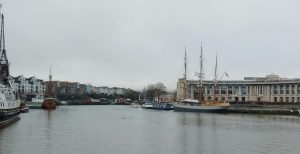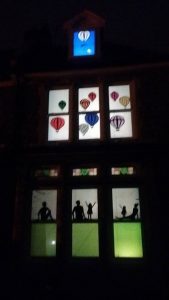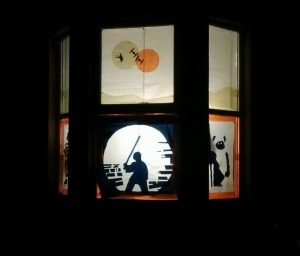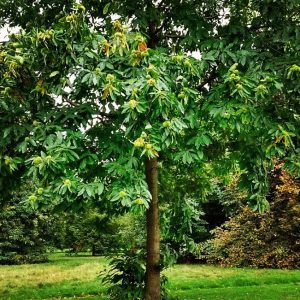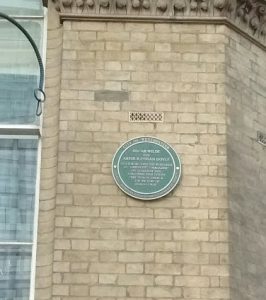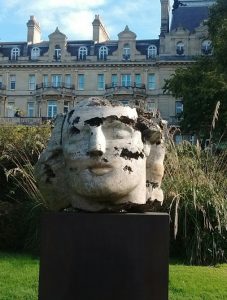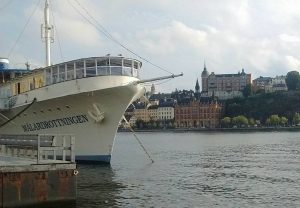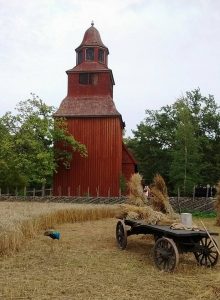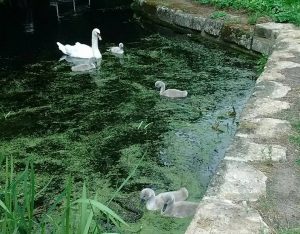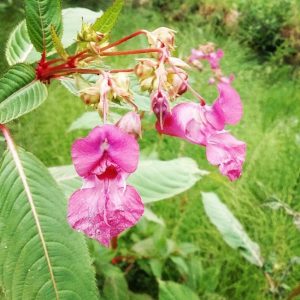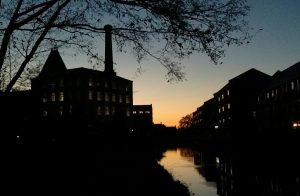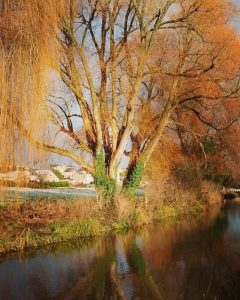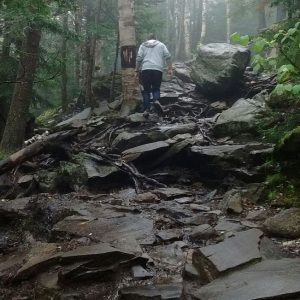Hiking around and seeing new places inspire me as much as reading other writers’ work. I don’t necessarily end up writing new stories about the places I see, but glimpses of the spectacular keep some spark alive inside me when the rest of life seems a great stack of to-do lists.
Feeling like an adventurer in the real world can’t hurt our creative life, right? Here are some of my favourite explorations, why they ignited my imagination, and a smattering of my photos.
See also previous years’ top wanders: 2019, 2020, 2021, and 2022.
Festive Cirencester, Cotswolds UK
We gave ourselves a couple hours’ break between getting COVID in December and finishing work and sorting out Christmas and travel preparations. Cirencester is fairly local and its alleys and Cotswolds stone lend themselves well to the festive season.
A wander, the purchase of a jungly fern from a back alley shop overflowing with plants, and cups of hot chocolate at a specialty chocolatier renewed the season’s sparkle.
Widworthy Barton, South Devon UK
While staying near the Jurassic Coast in Southern England, I went out for exercise and discovered a fascinating little story as well. Uphill from the thatched farmhouse we’d rented, I came across an even smaller hamlet and a square-towered stone church with its graveyard.
A lustrous black gravestone memorialised the village’s matriarch and her husband. He was a holocaust survivor and popularised the Rubik’s cube, and she bought the local manor house and revitalised the community, abseiling down the church tower in her 70s to raise money for roof repairs.
Dovedale Stepping Stones, Peak District UK
In late September we had a rather cold, frequently wet camping trip and finally explored a Peak District destination I’d wanted to see for some time. We were lucky to have a sunny morning at the Stepping Stones, casting a sharp, bright contrast between peaks.
The stones are set firm and flat in the river like molars, and after crossing, we followed the path under trees and past sparkling reflections. There was a good climb up smooth-worn stone steps laid by Italian prisoners of war during WWII, and then a further walk along the river with pale bluffs on our other side, rising up like mighty ship hulls with dark bird barnacles. We later did a longer, more rugged walk to reach the Chee Dale Stepping Stones–those are quite scenic, too.
Newfound Lake, New Hampshire USA
For me, summer is most blissful at a New England lake. This summer we had a few days with the entire family at Newfound Lake. It’s the third biggest lake in the state and the deepest, reaching 183 feet deep. It’s thought to be one of the cleanest in the world, and the sunsets over low-slung mountains off in a corner were spectacular, the reflections pristine.
We had the trilling cry of the loons at night and that cool lake smell in the mornings. Woods of oak and pine separated the holiday houses, but we got a glimpse when we were out on our kayaks. One house even had its own massive inflatable waterslide tower out in the water, with “No trespassing” painted all over its base.
Portobello Road and Notting Hill, London
I don’t know if it’s hard for places like this to keep living up to their reputation. Do the streets made famous in Disney songs and late 90s films want a break sometimes, want to drop the facade? Well, we took a good walk along here and enjoyed the mix of shabby and cheesy and pushing the boundaries.
We perused stalls and shops selling everything from wool berets to sequined jackets, to prints made from photos of your iris, to last minute pumpkins for Halloween the next day, and we had lunch at a place called Egg Slut–absolutely delicious. Then we did a further loop through the posh neighbourhoods of Notting Hill, with big, pastel townhouses dripping with gauze webs and jack o’lanterns for the holiday. Imagine trick or treating here!
Brecon Beacons Four Waterfalls Walk, Wales UK
Another hike I’d been sizing up for a few years, this too proved well worth it. It was cloudy, but the falls are still quite spectacular. I guess we can thank the rather wet year for that.
Because it’s quite a popular destination, we couldn’t always get close to the cascades, or behind them. Still, I love seeing how torrents slice through rock, and all the greenery that scales the damp cliff face around and behind the water. One waterfall had dozens if not hundreds of little rock cairns built in the stream below.
To save backtracking the long, muddy, crowded access path at the last fall, we found a vague trail up the bank and did some rugged scaling. This earned us extra waterfall views from the top and made us feel quite intrepid.
City Park, New Orleans Museum of Art Sculpture Garden, Esplanade Avenue, and St Louis Cemetery #3–Louisiana, USA
Did something completely different over the Christmas holidays and visited America’s deep South . We met up with our kiddo in Houston, then my husband and I roadtripped along the Gulf of Mexico and the bayou, and spent New Year’s in New Orleans.
Staying in the French Quarter, we had the experience you might hope for: strolling out for morning beignets under wrought-iron balconies trailing ferns, pausing to hear jazz bands in the street. Later, we stopped at City Park, a massive public space half again as big as NYC’s Central Park.
We were greeted by long-beaked ibises when we got out of the hired car, and we ambled through the Besthoff Sculpture Garden beneath live oaks dangling Spanish moss and resurrection ferns (ferns that go grey and curl, allowing themselves to survive losing over 70% of their moisture in dry spells). The statues combined cultural elements of the city’s past: a Rodin, a ghostly dress with a solar system model for a head, a conquistador helmet turned to a snail with a little boy riding its back, a glorious African woman, her garment a series of impeccably formed coils.
From there we walked down Esplanade Avenue, with pretty pillared houses and more live oaks, the trees so mighty they were busting up sidewalks and weighing down overhead electric cables. We came back through one of New Orleans’s famous cemeteries, with aboveground vaults since you can’t dig graves below sea level. Some vaults have lots of cupboards in them for family remains, and one had a small ornate frame fixed to it with a photo of the occupants behind a convex lens, like a locket, so you could see the faces of the African-American couple who passed away in the 1980s. It seemed a privilege to actually see what they looked like, and I wish that idea might catch on.
What were your favourite visits and meanders this year? How did you keep your spark alight?
